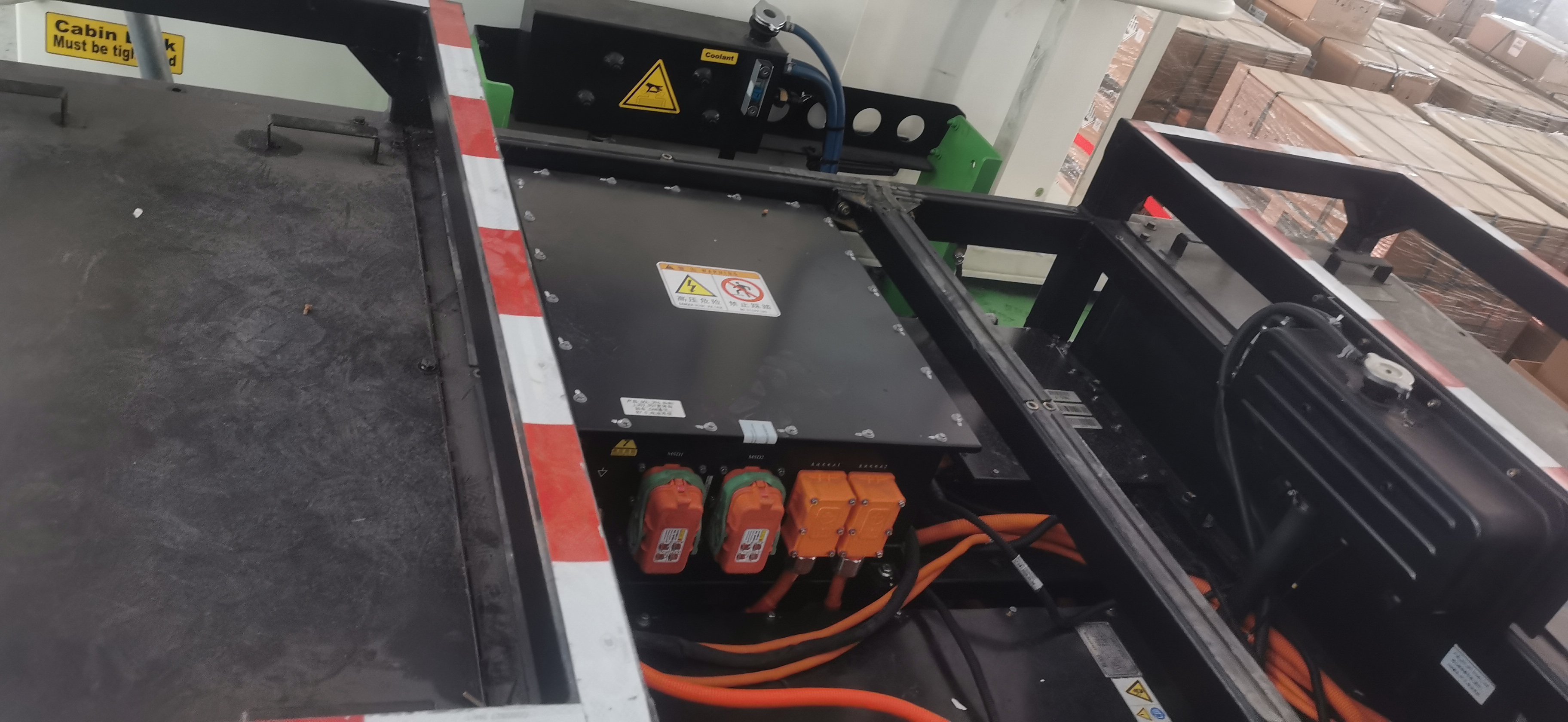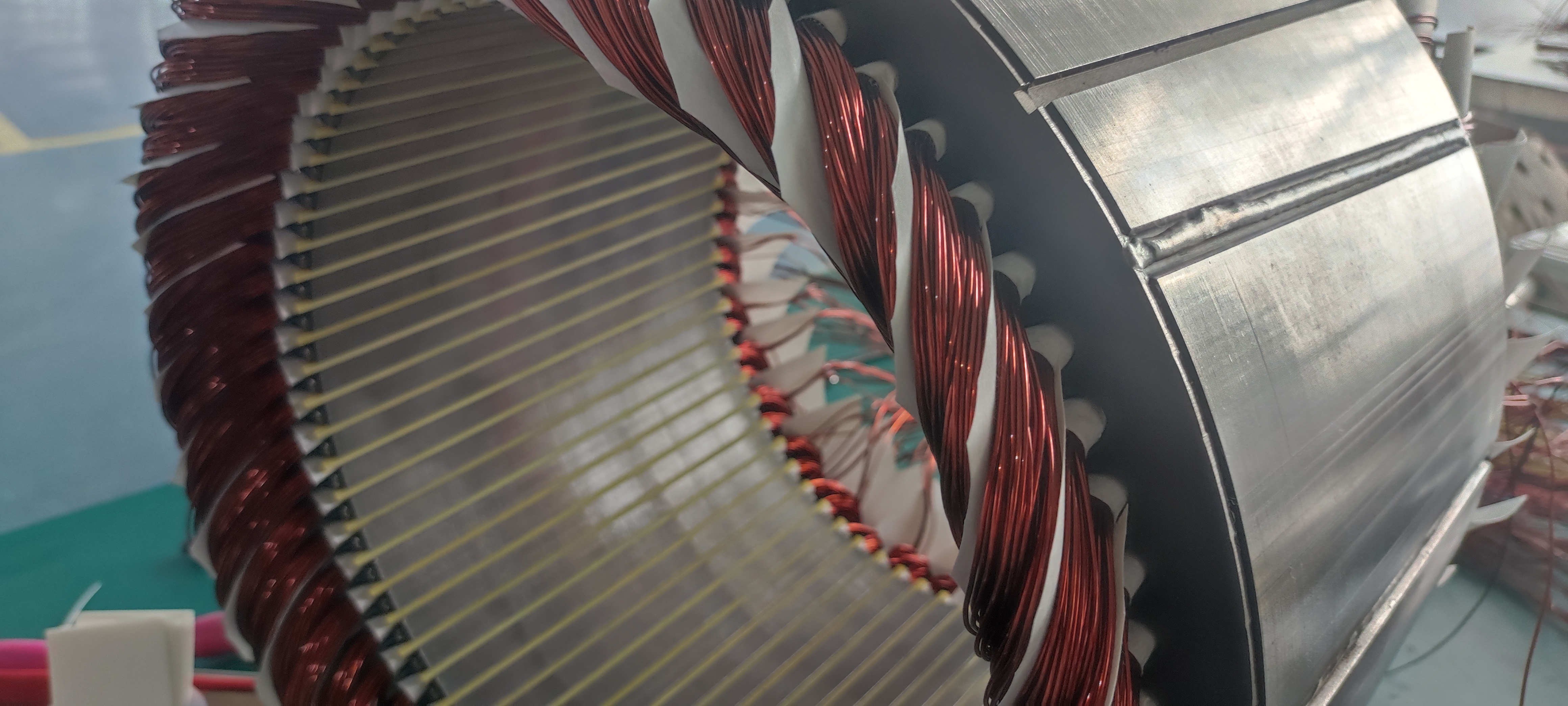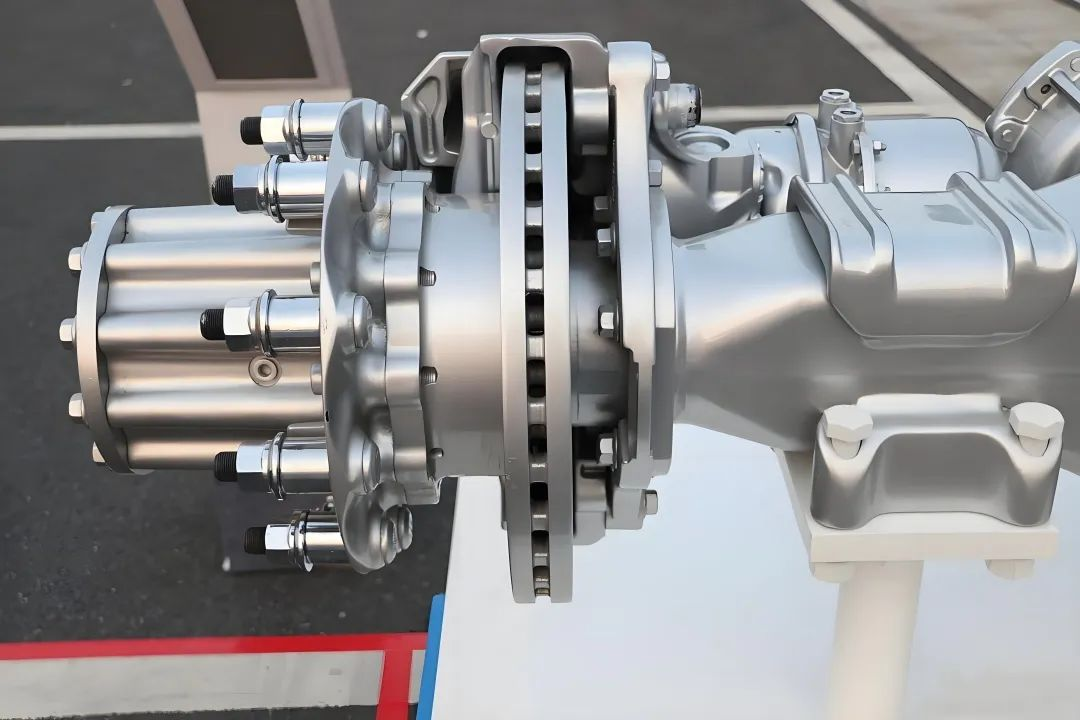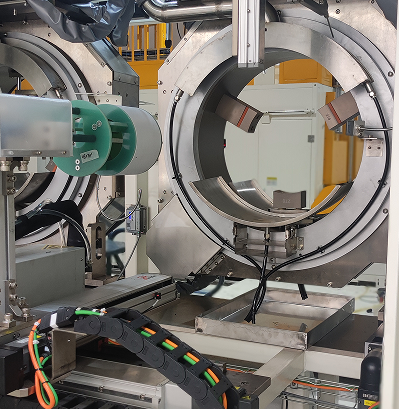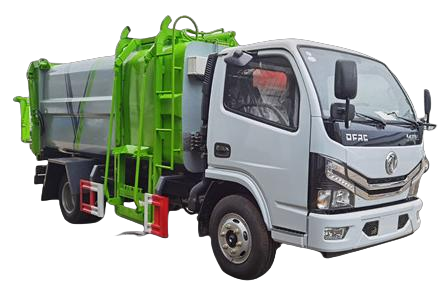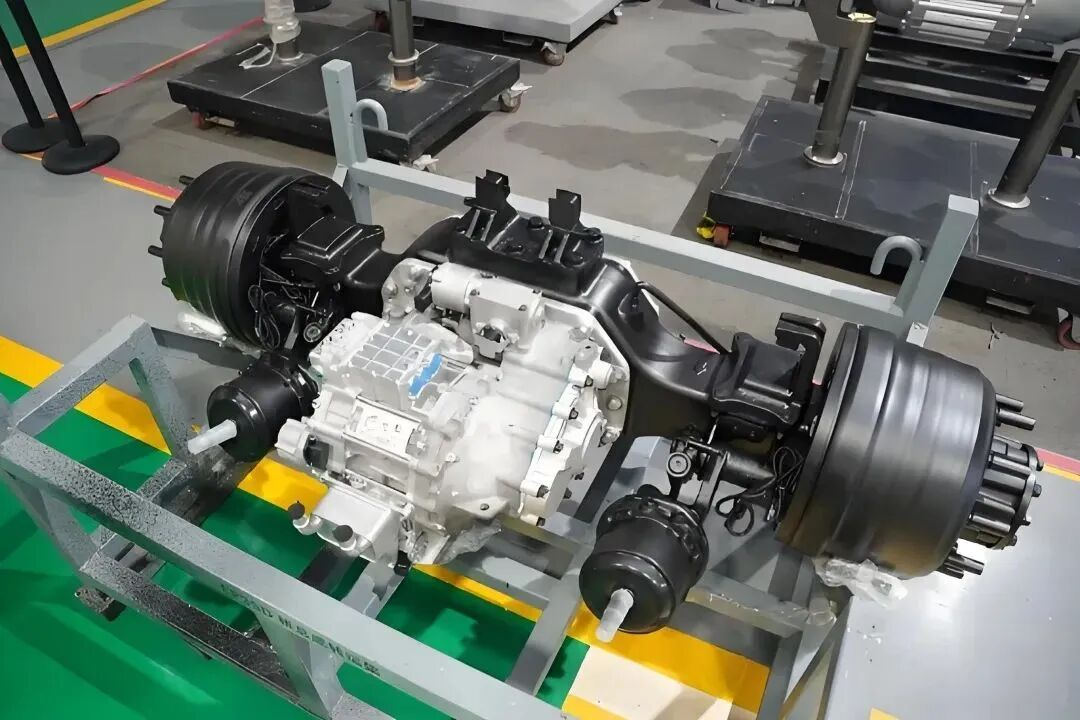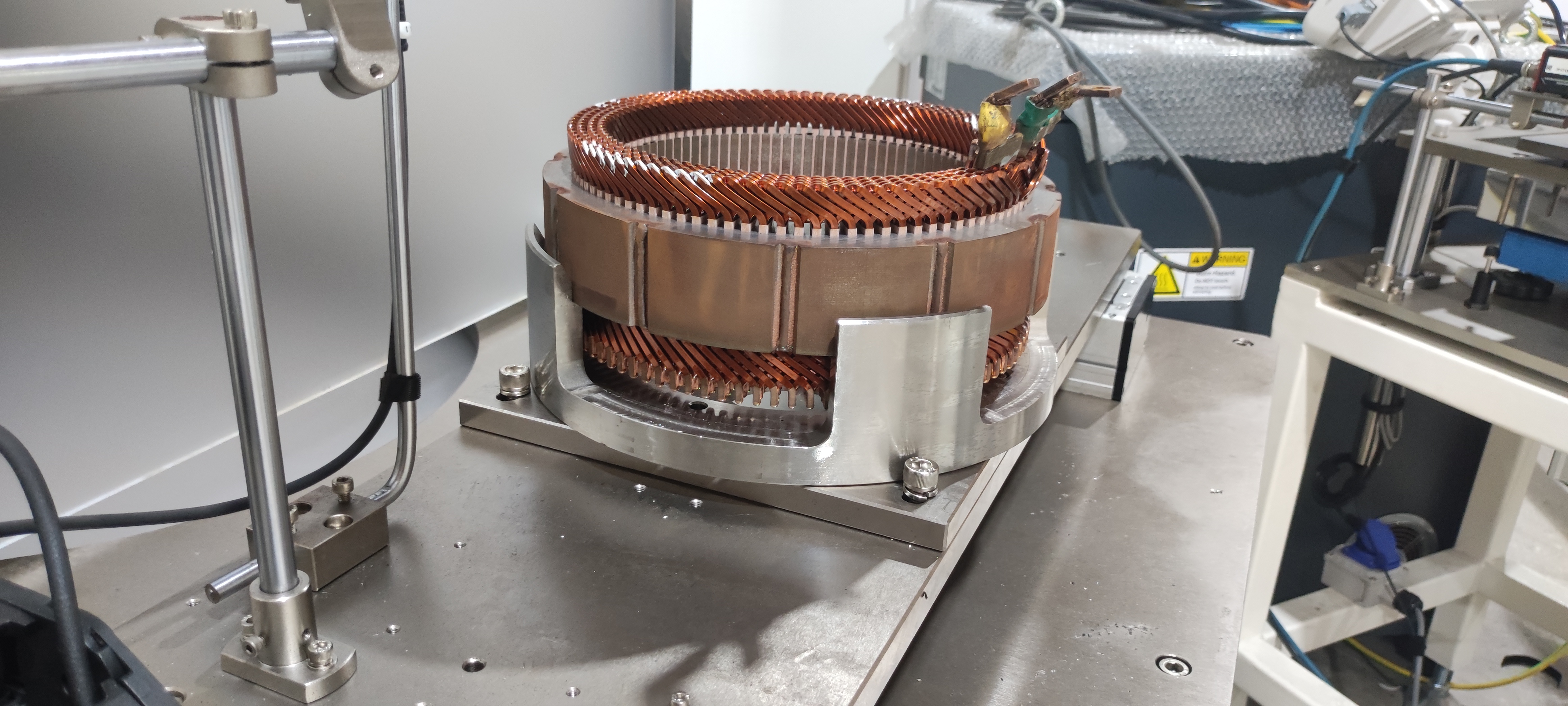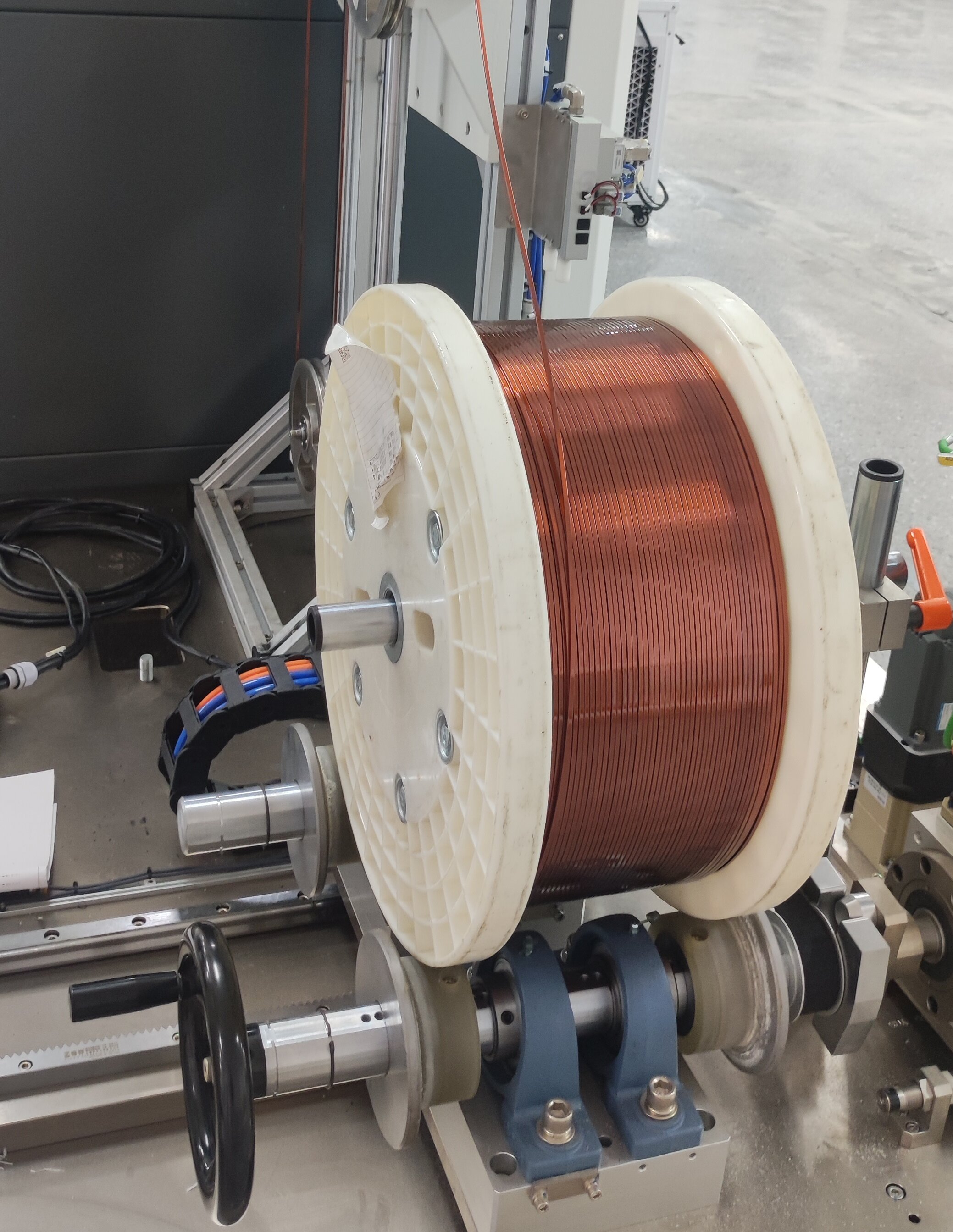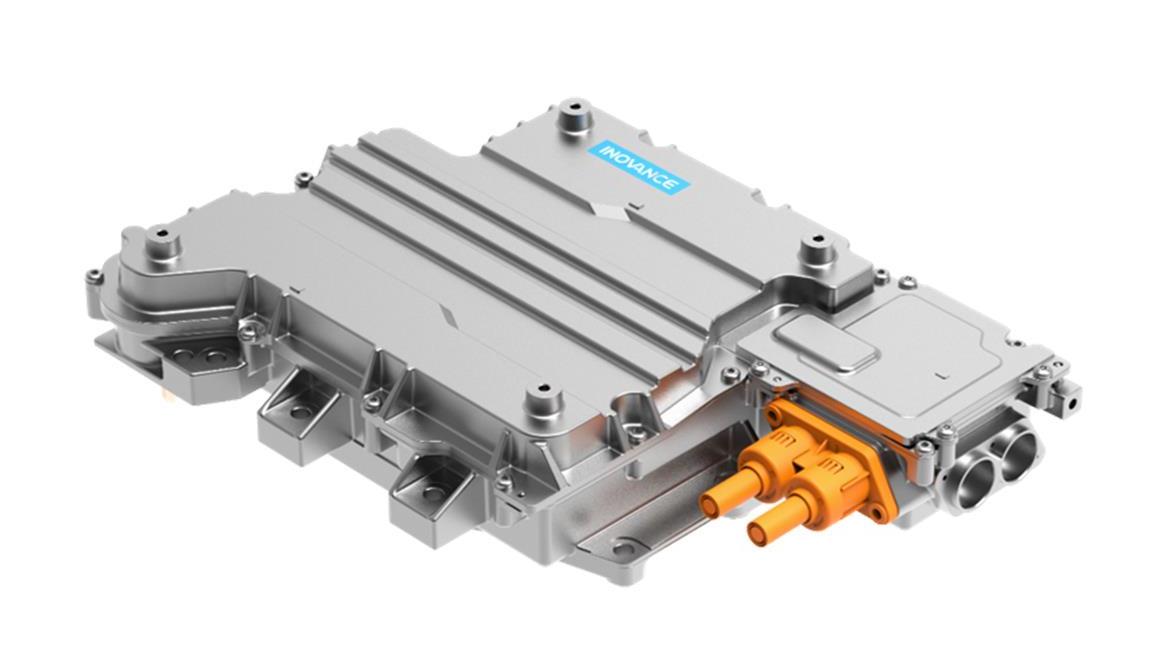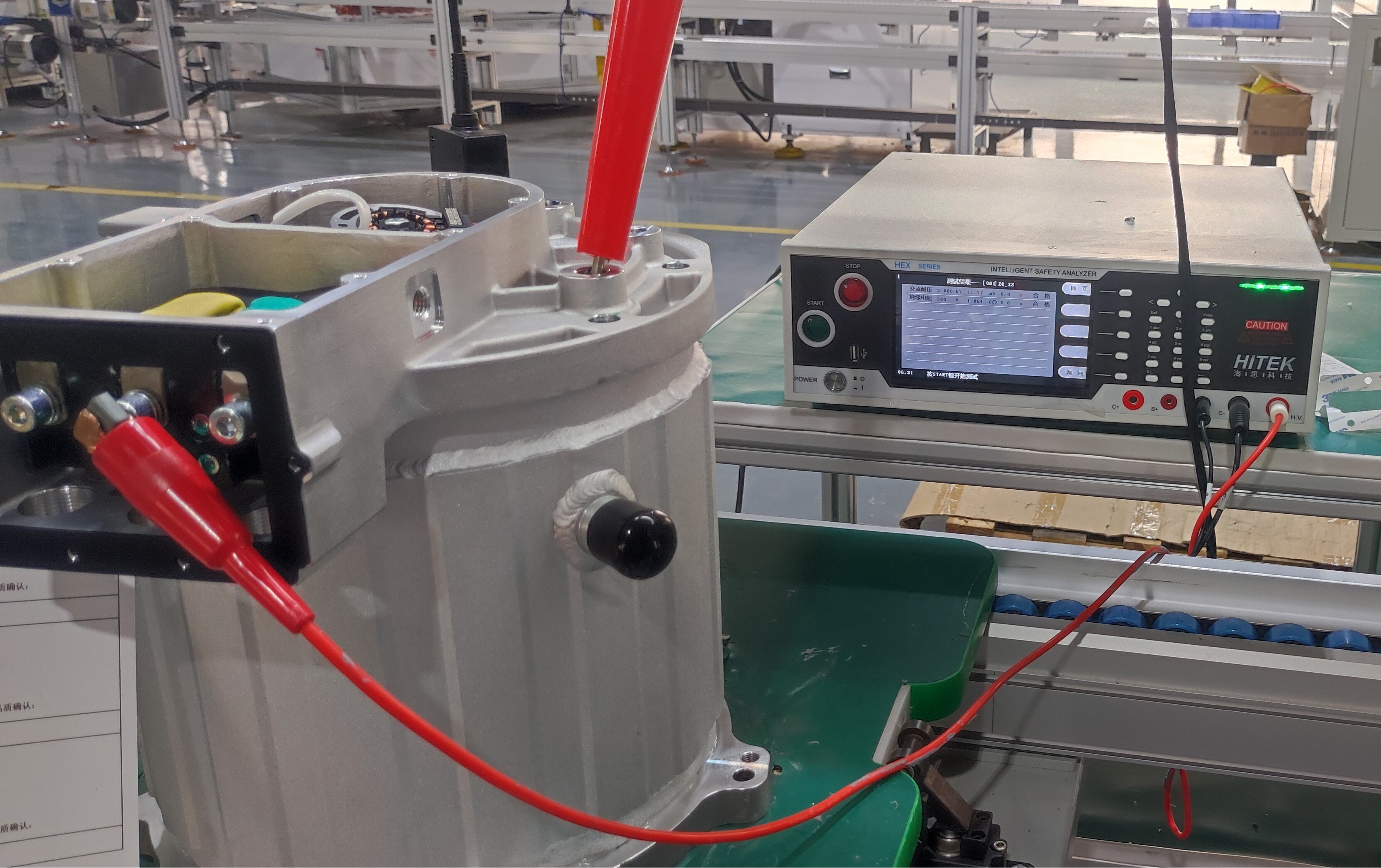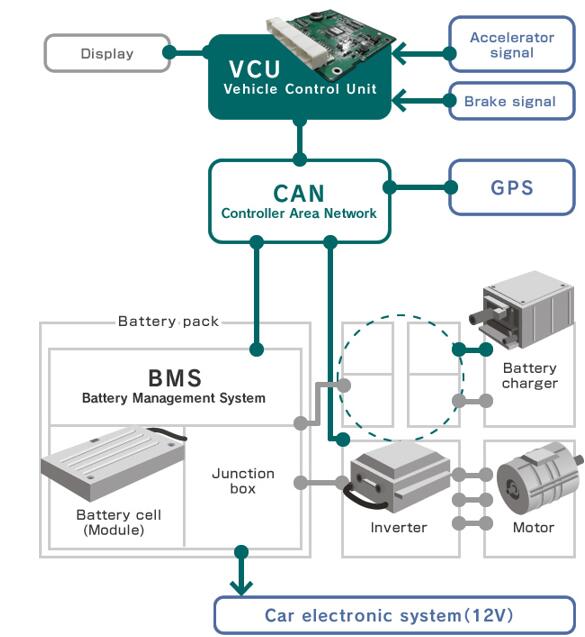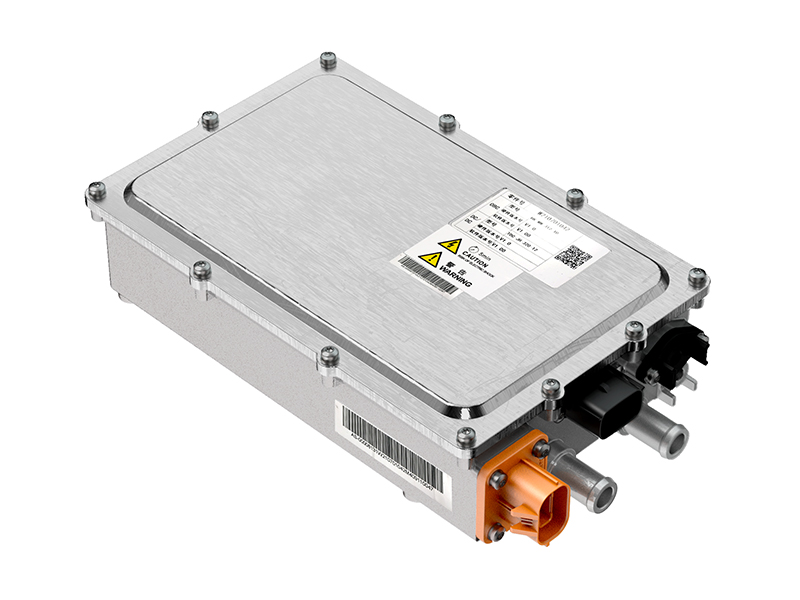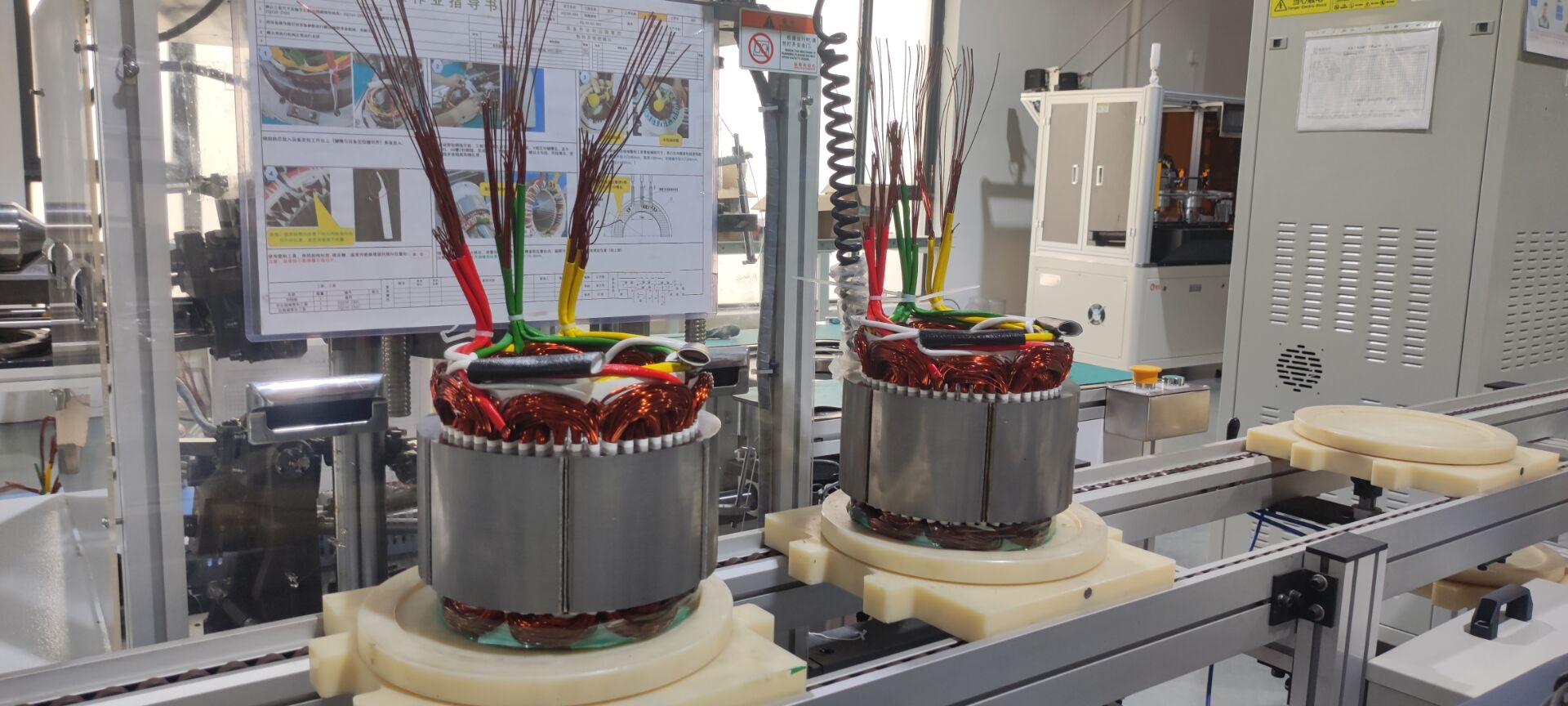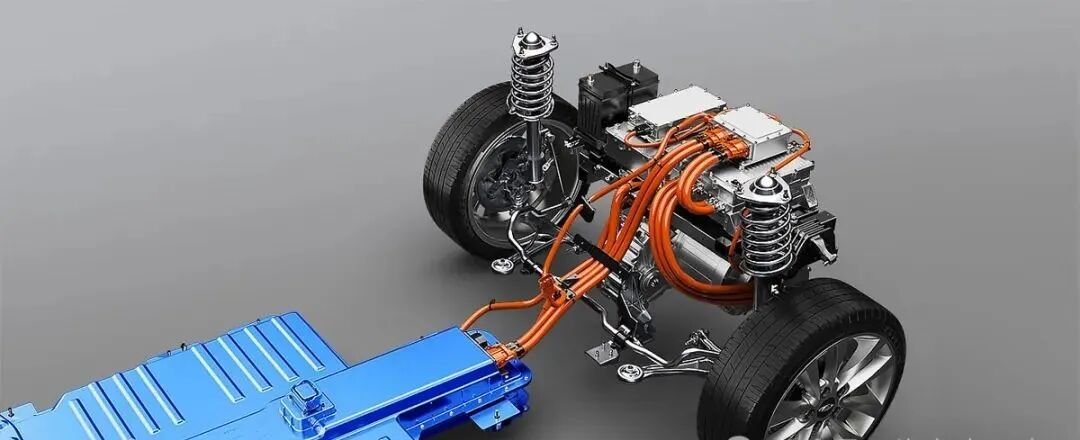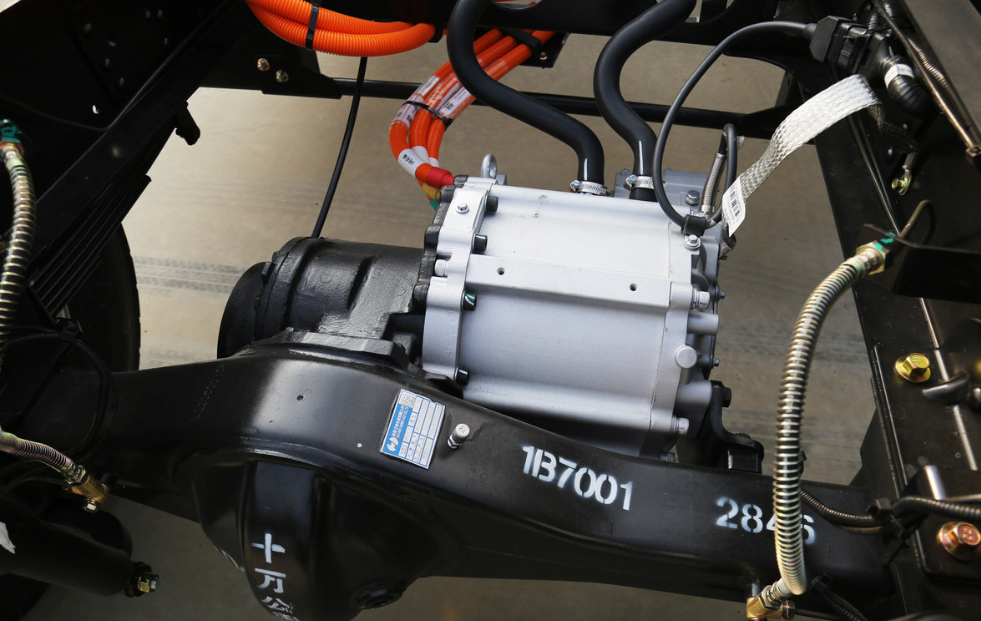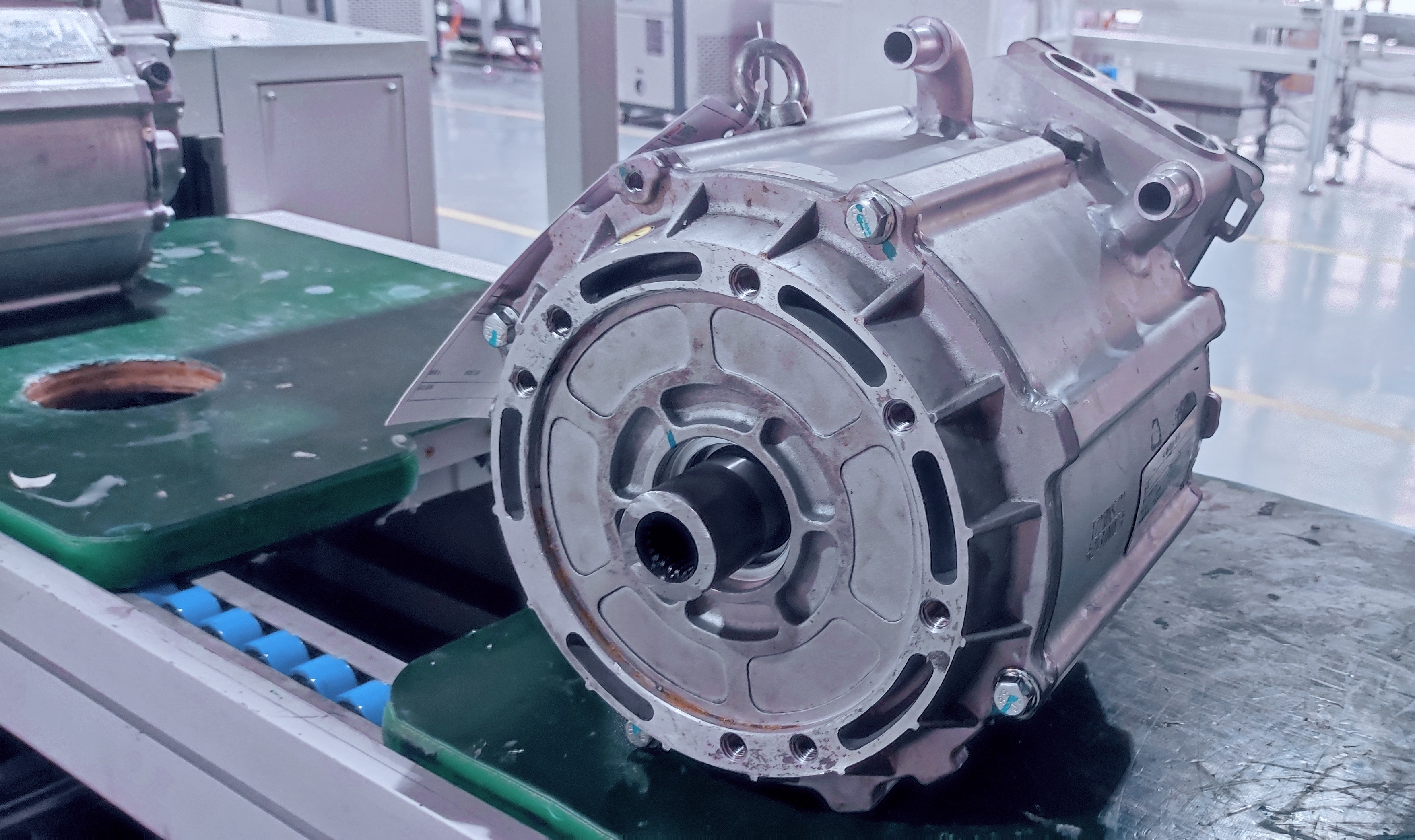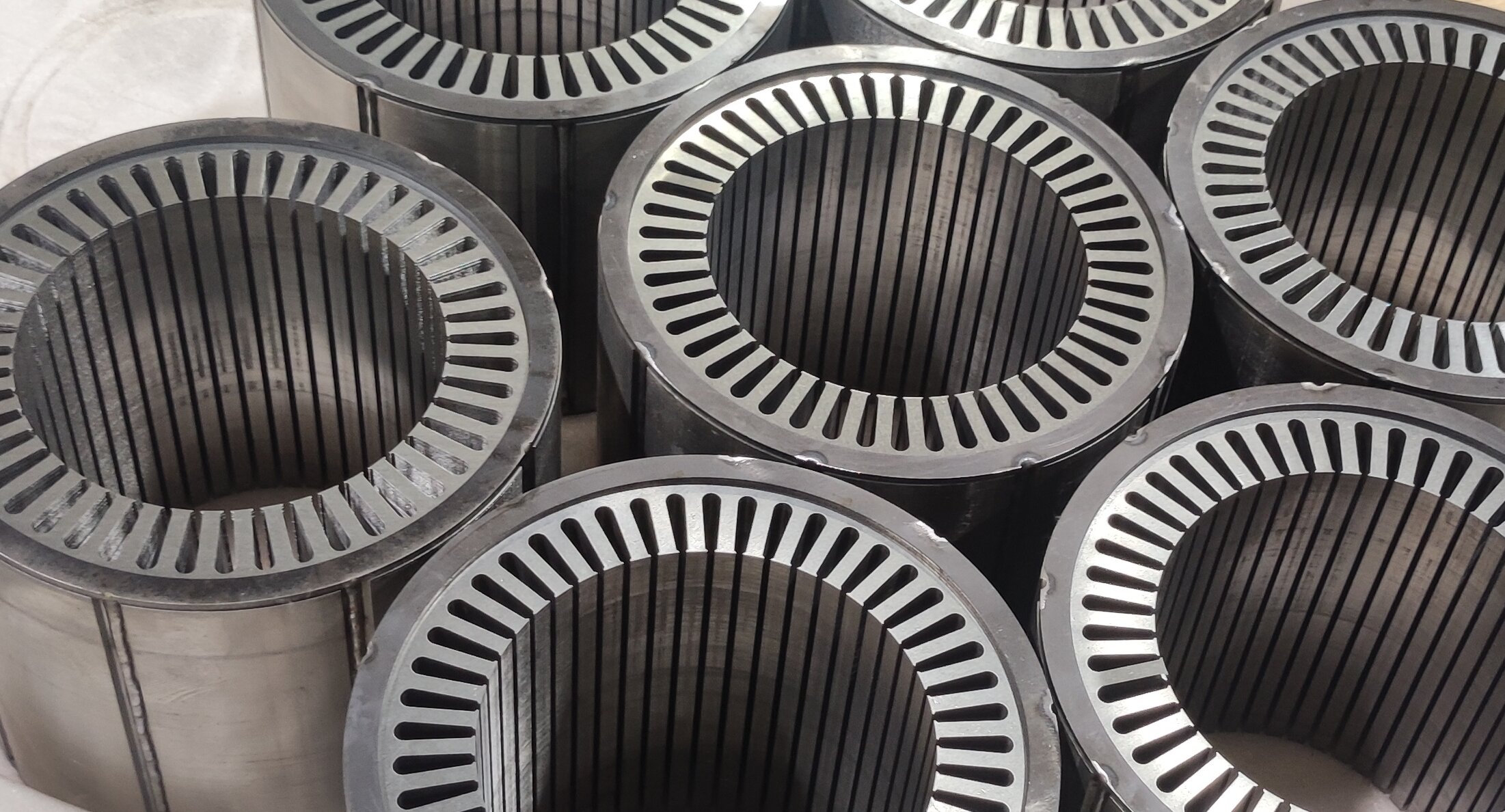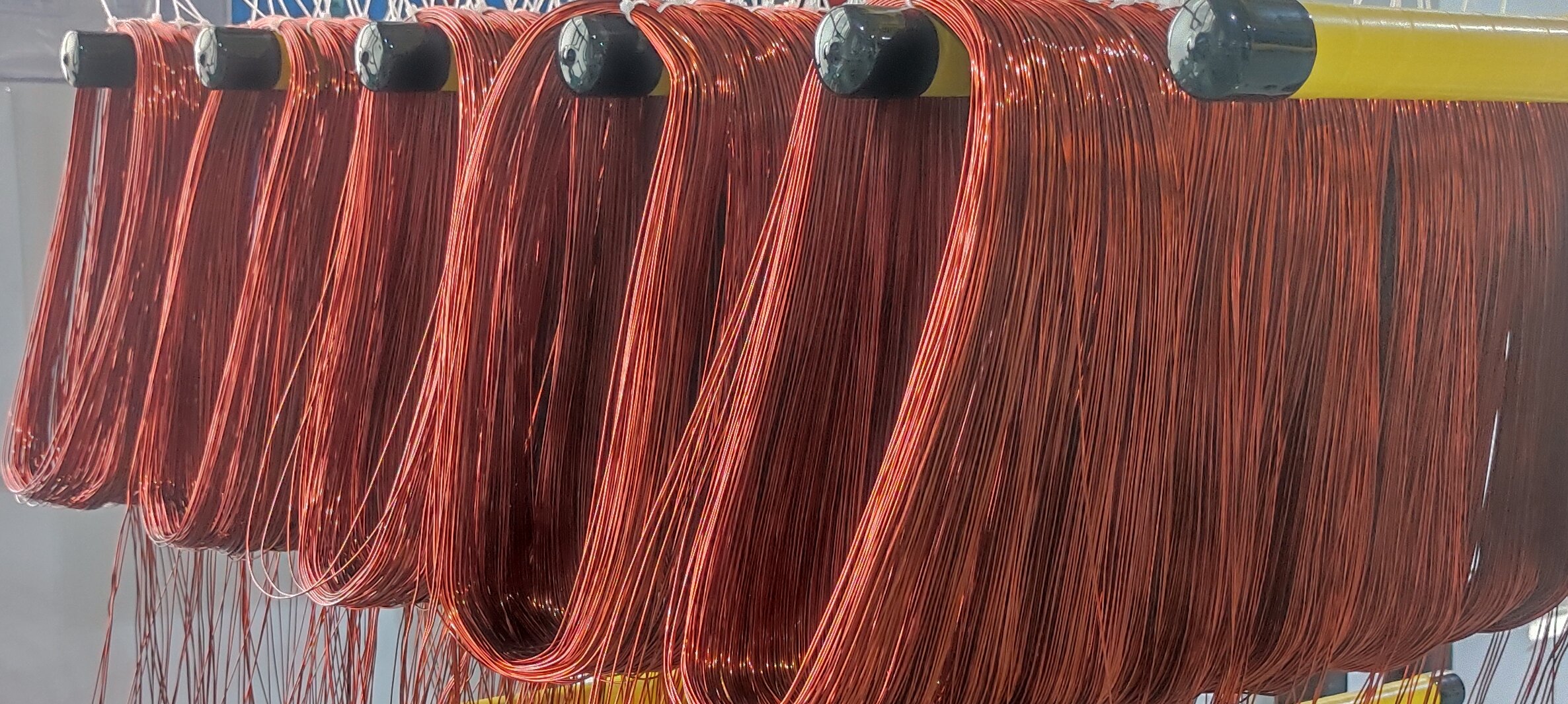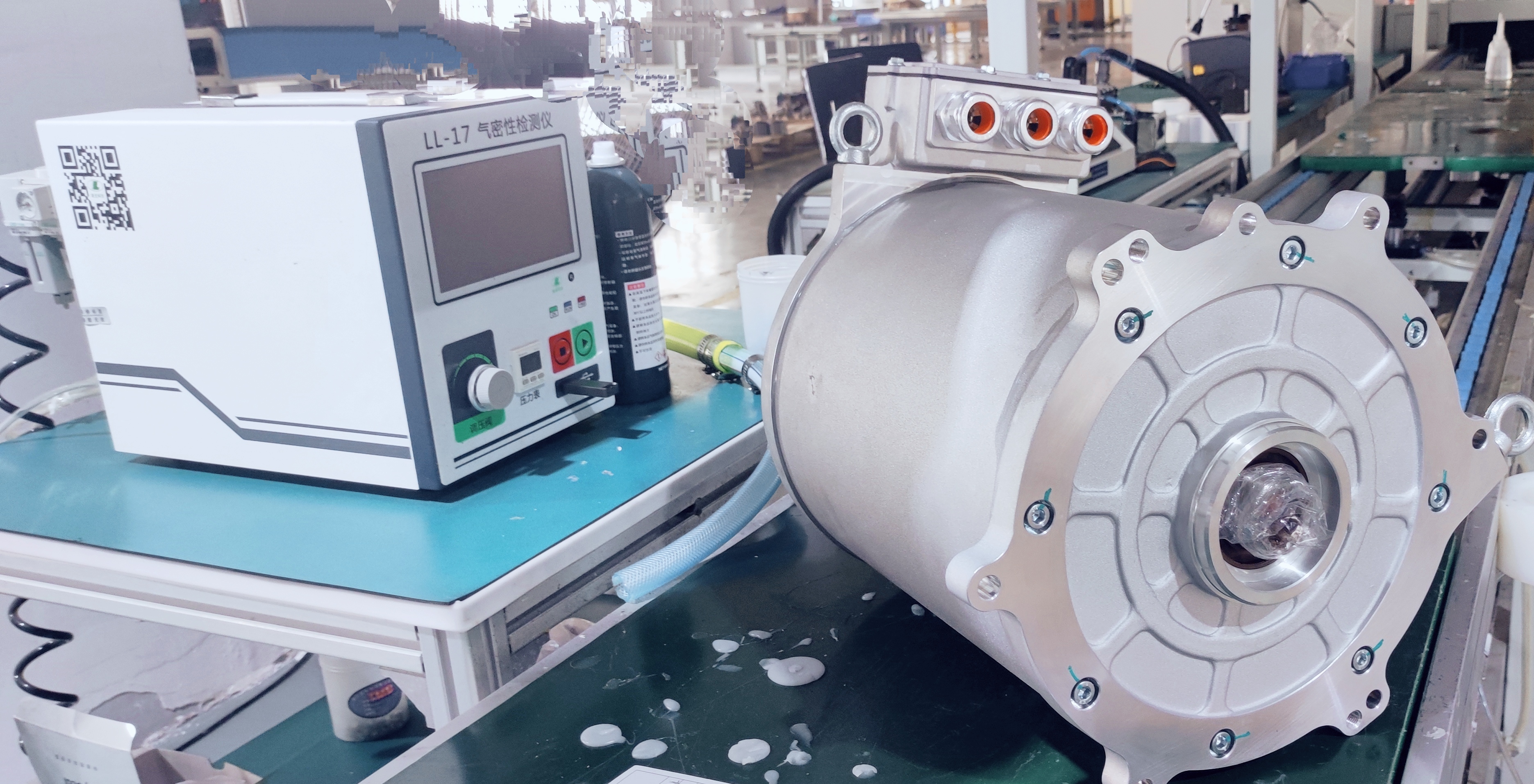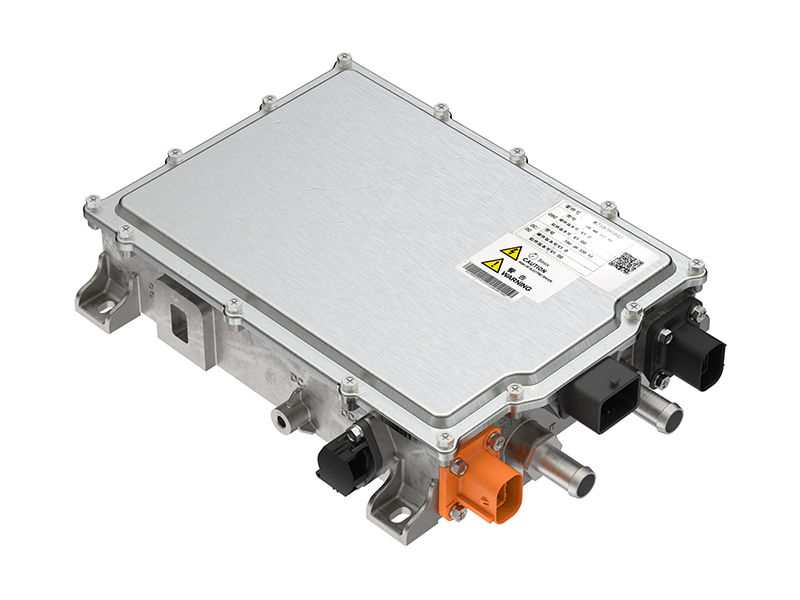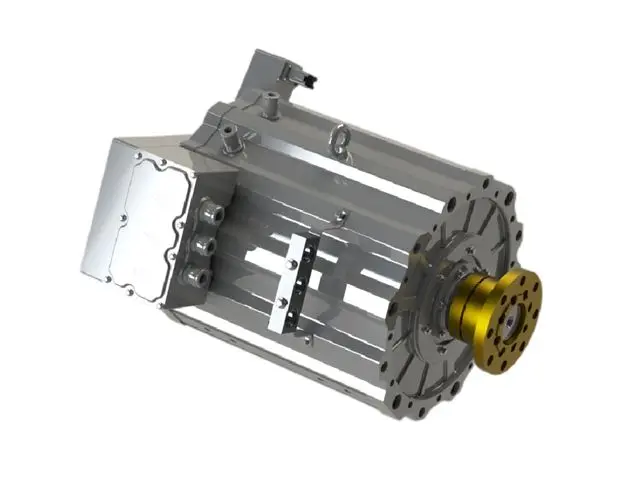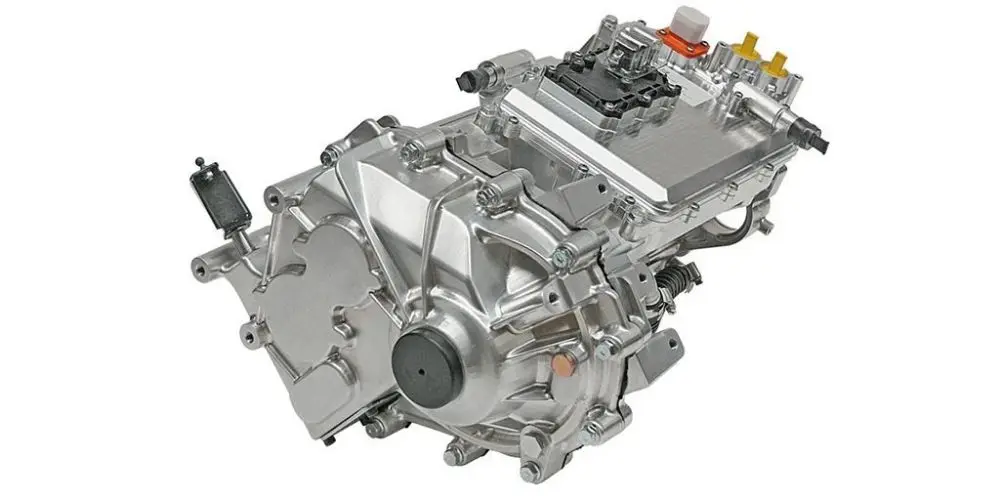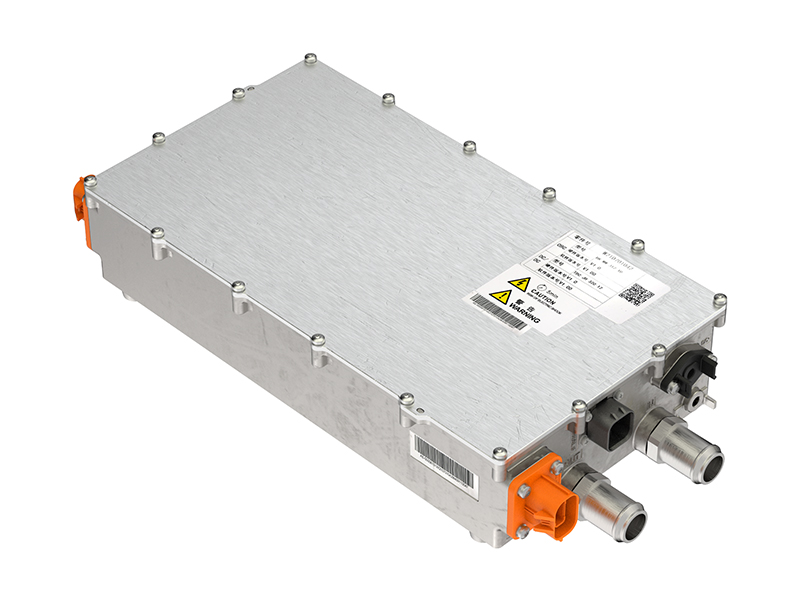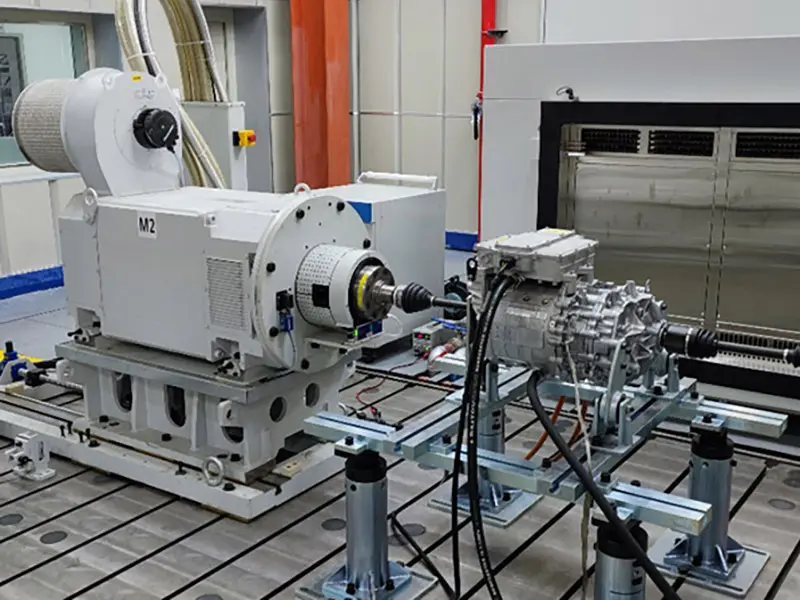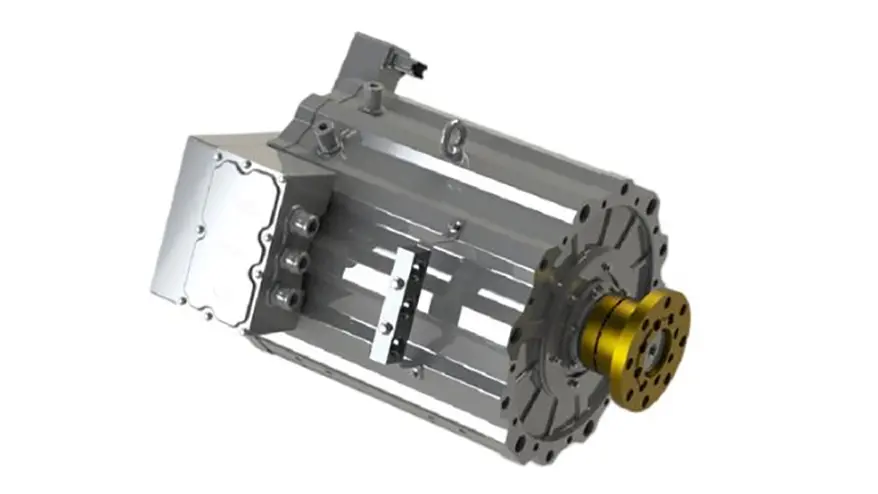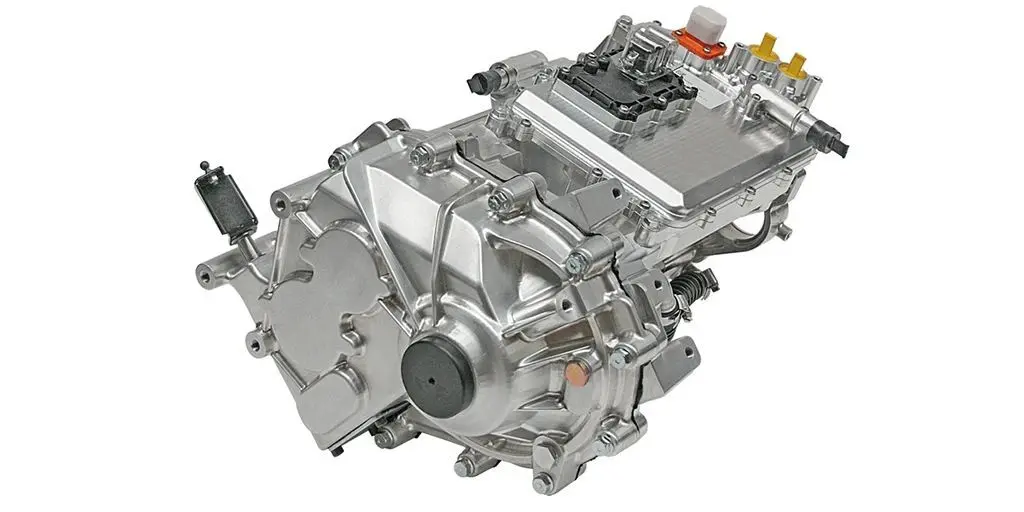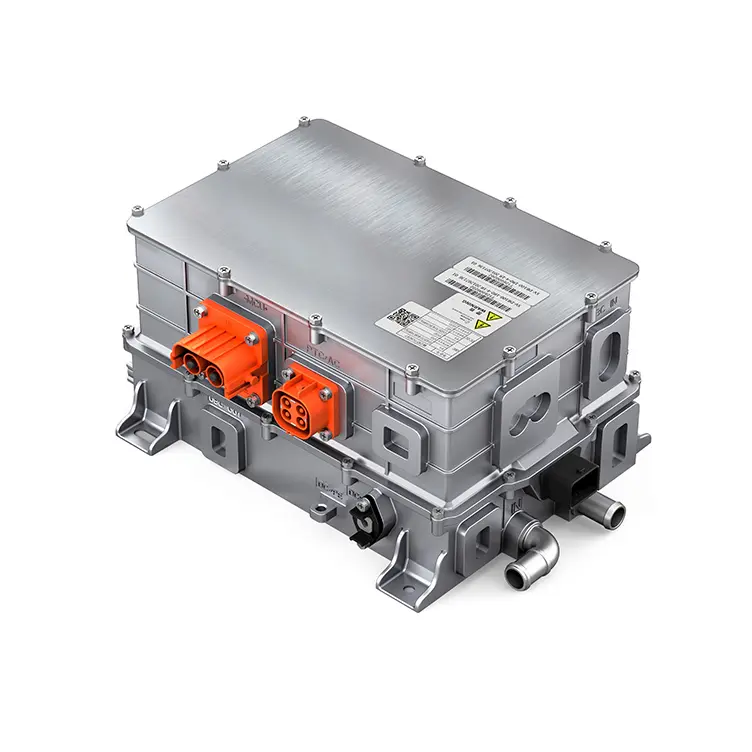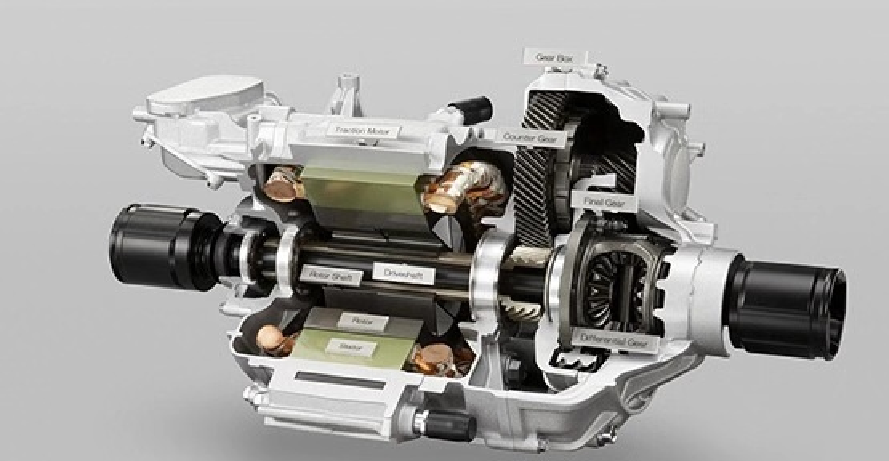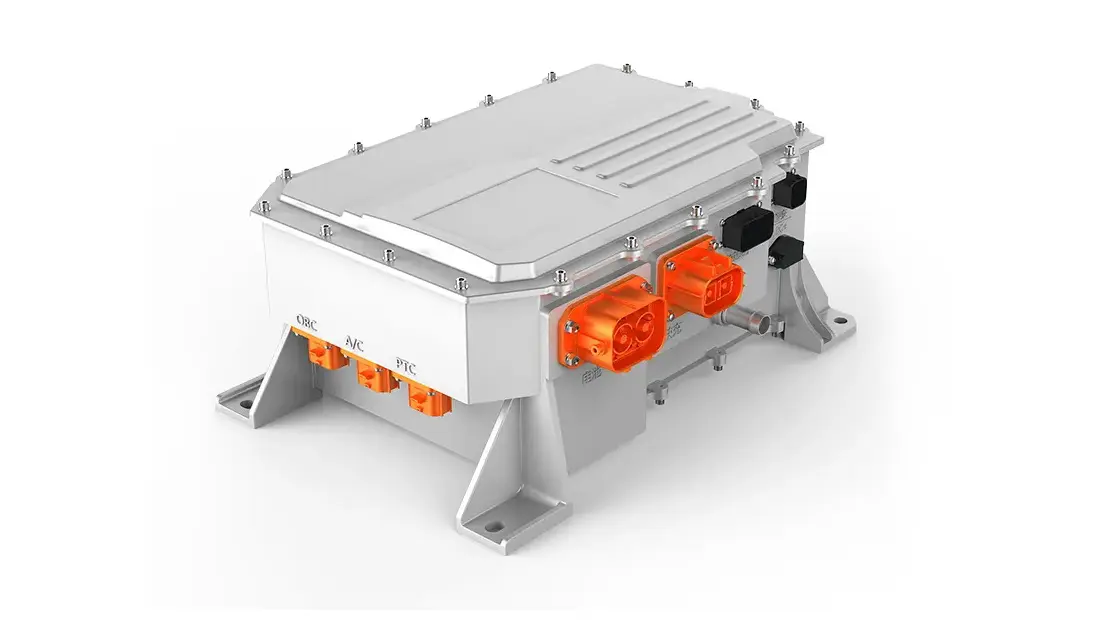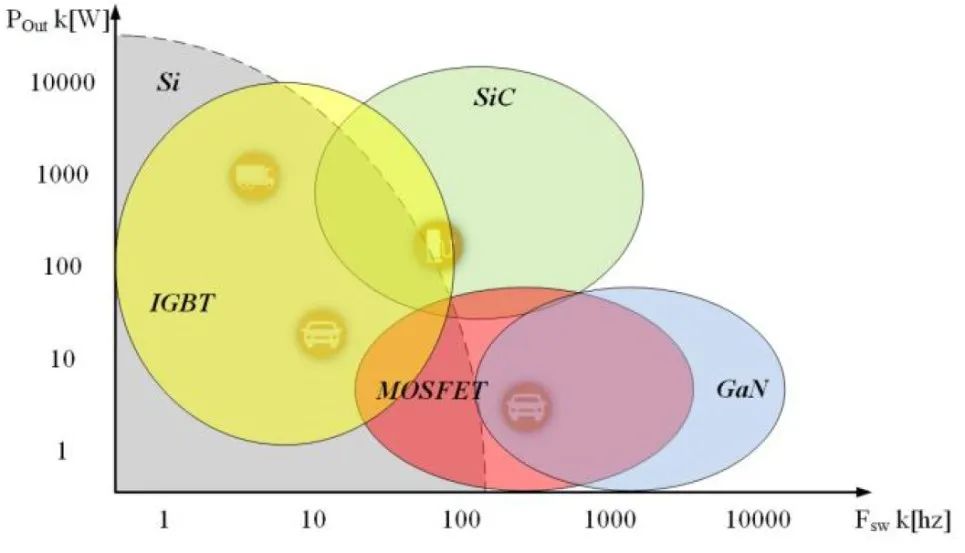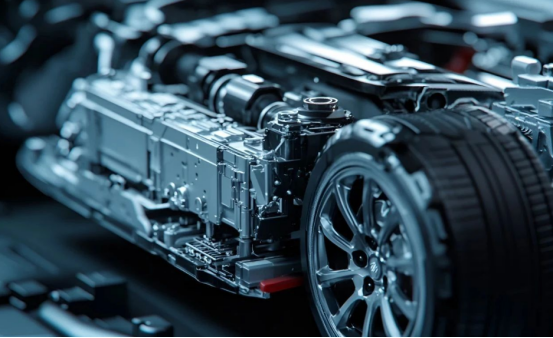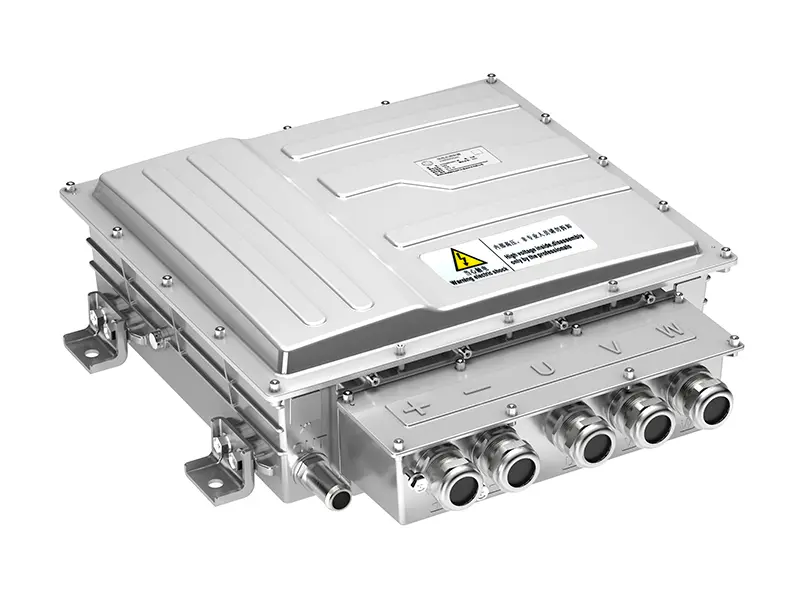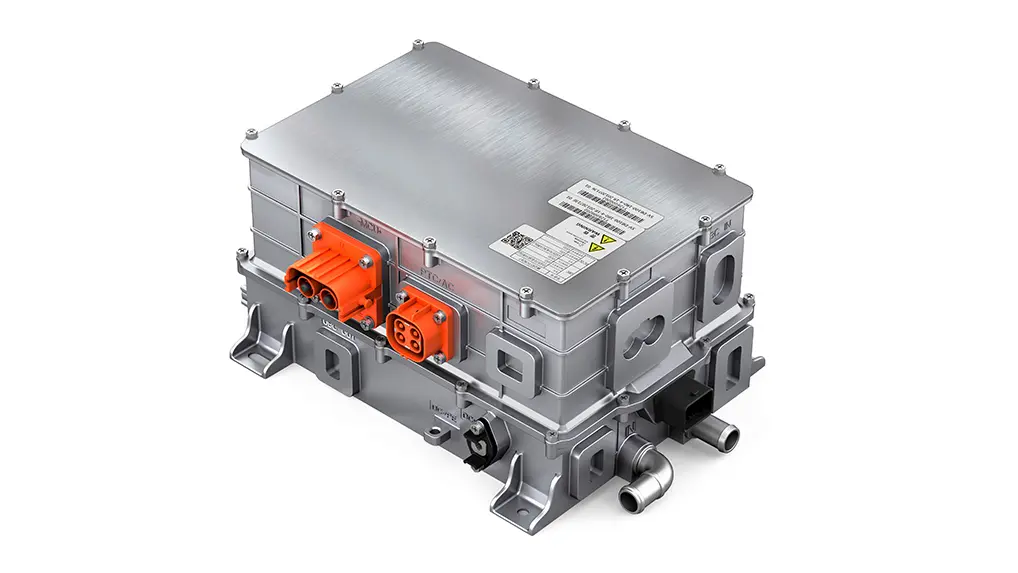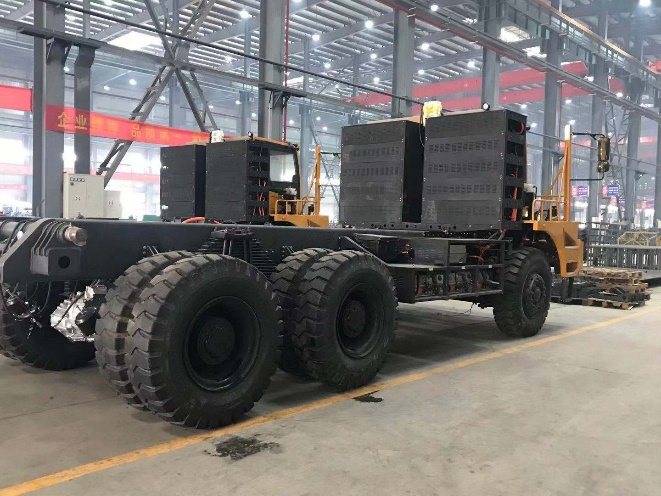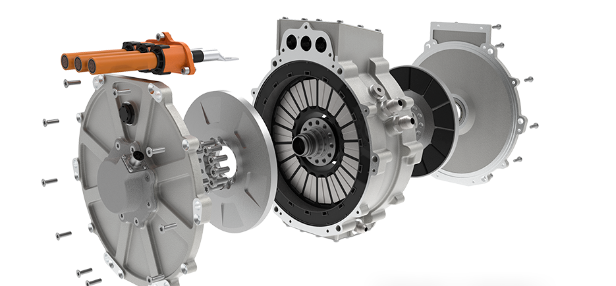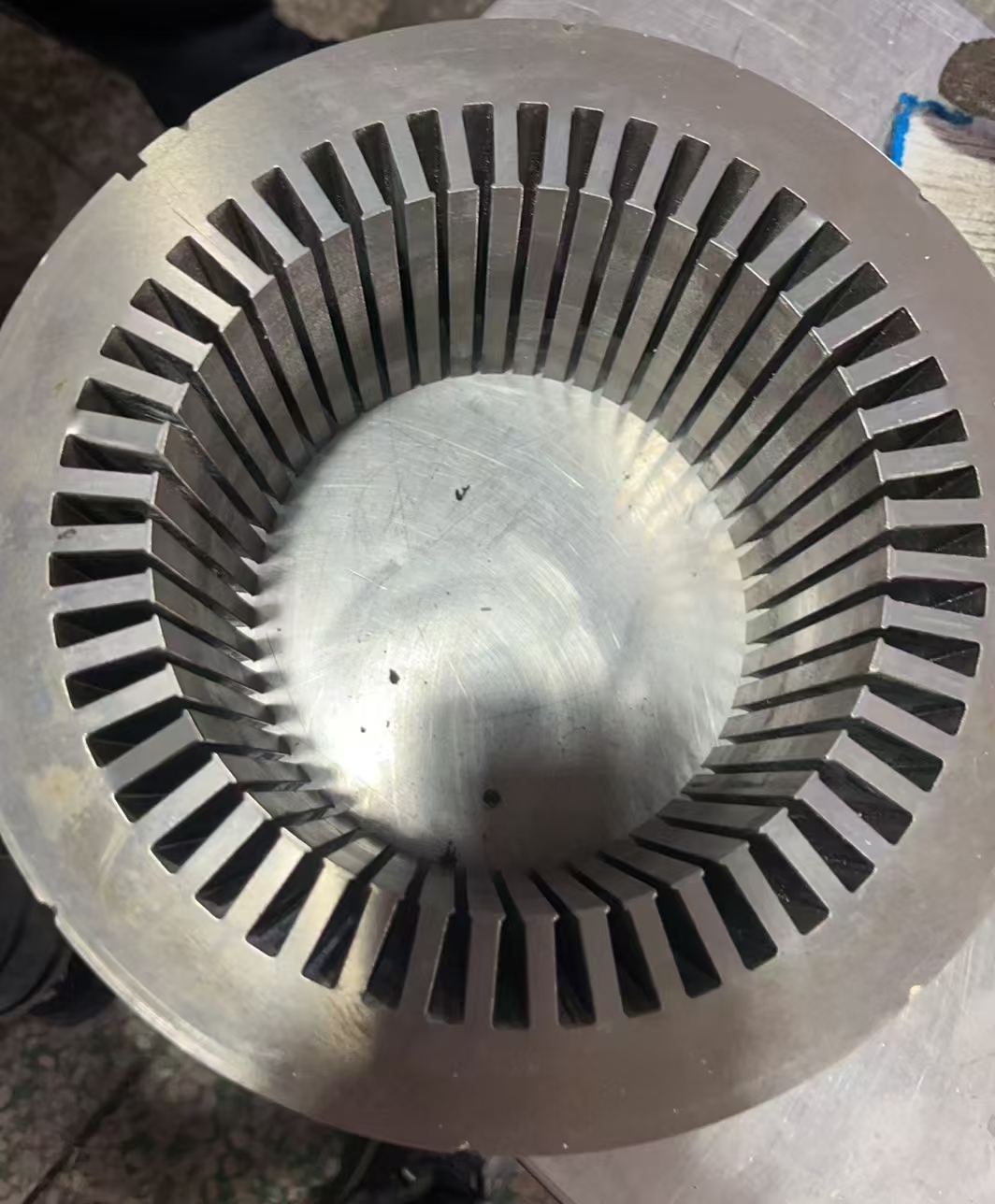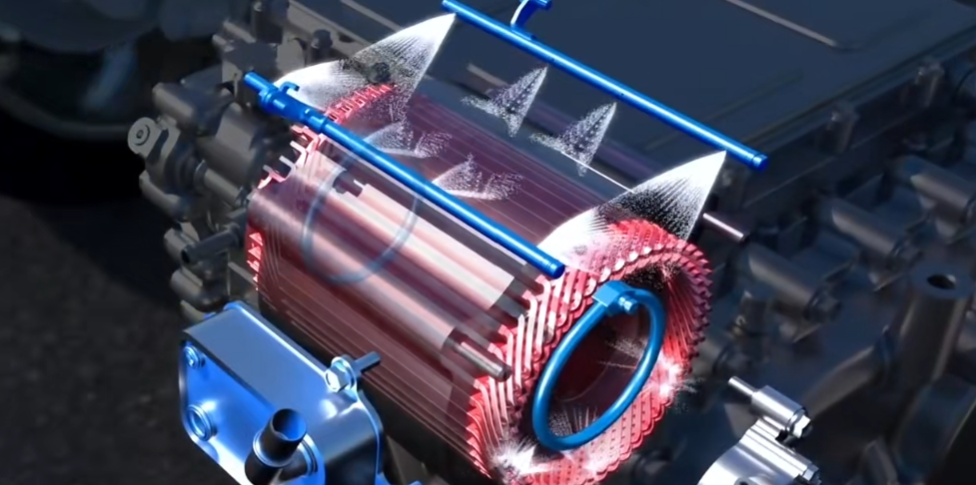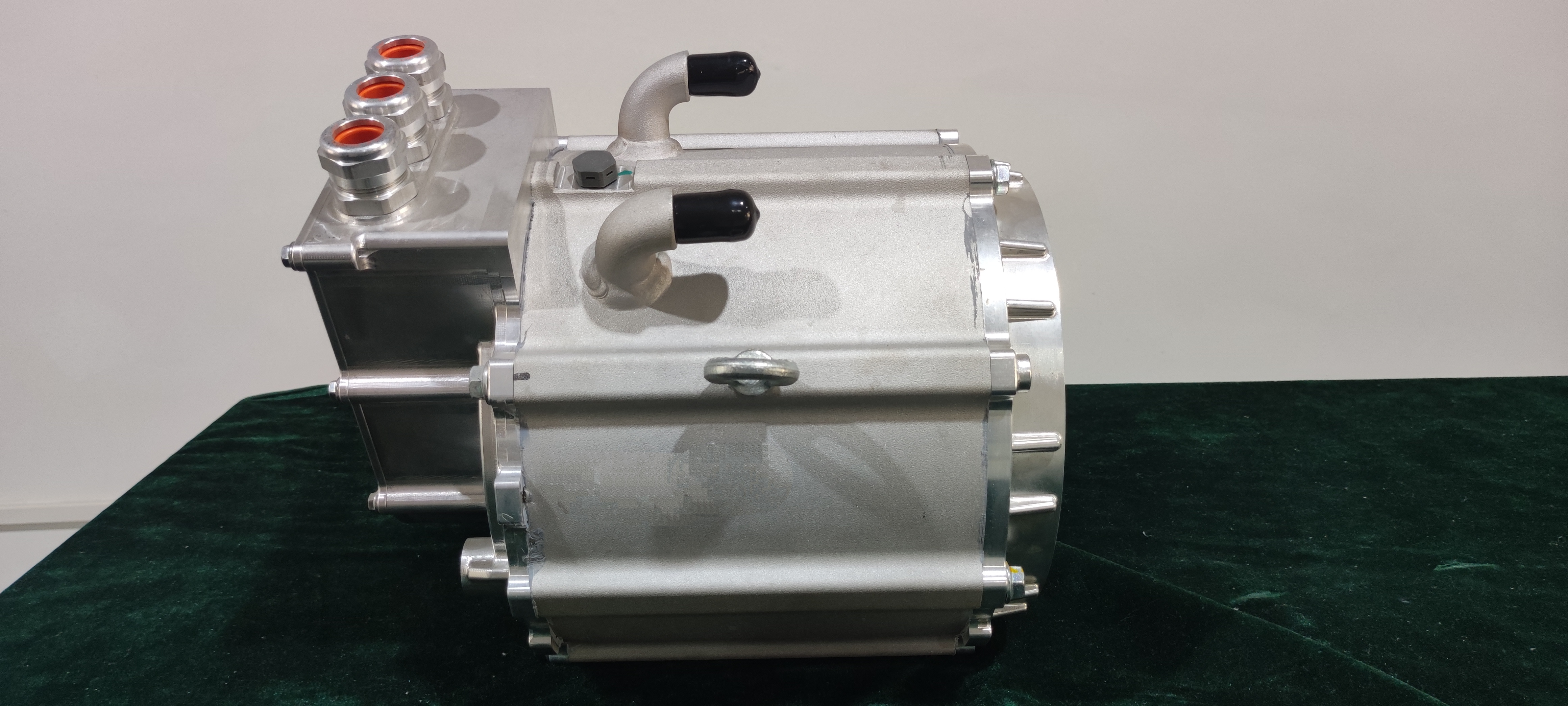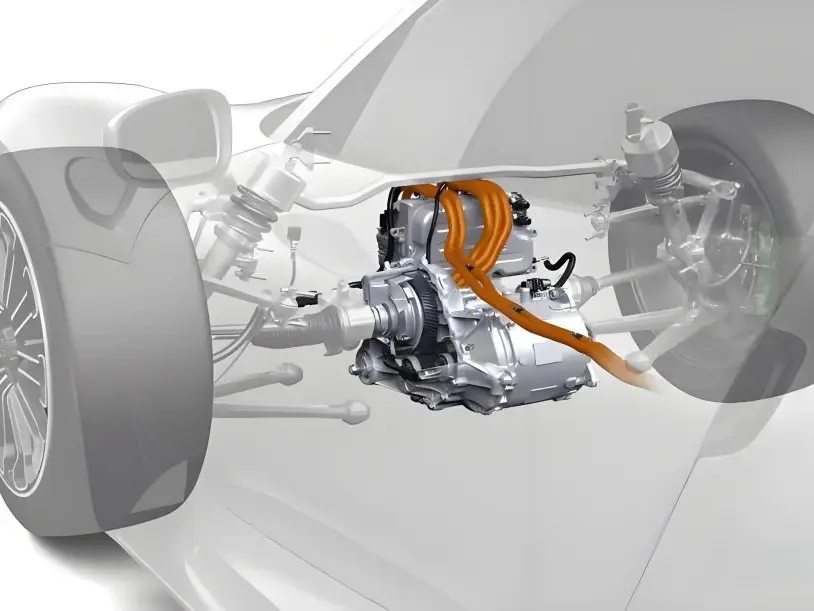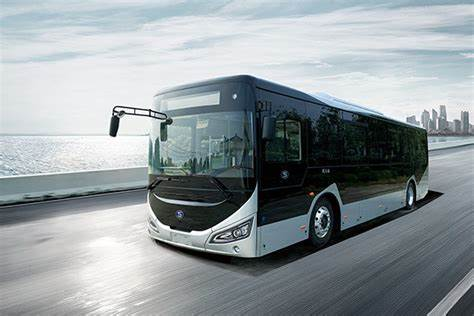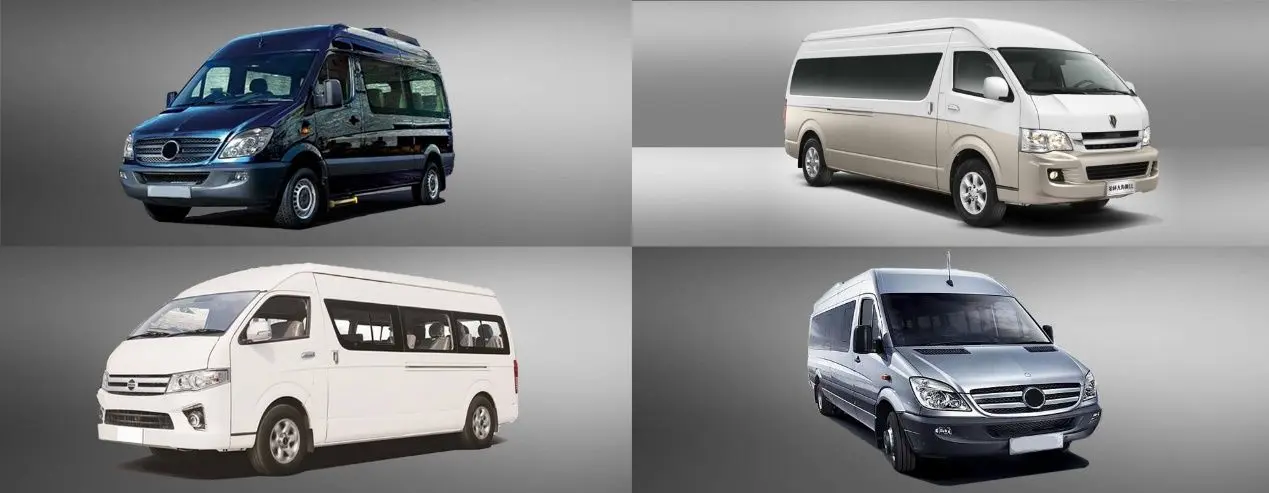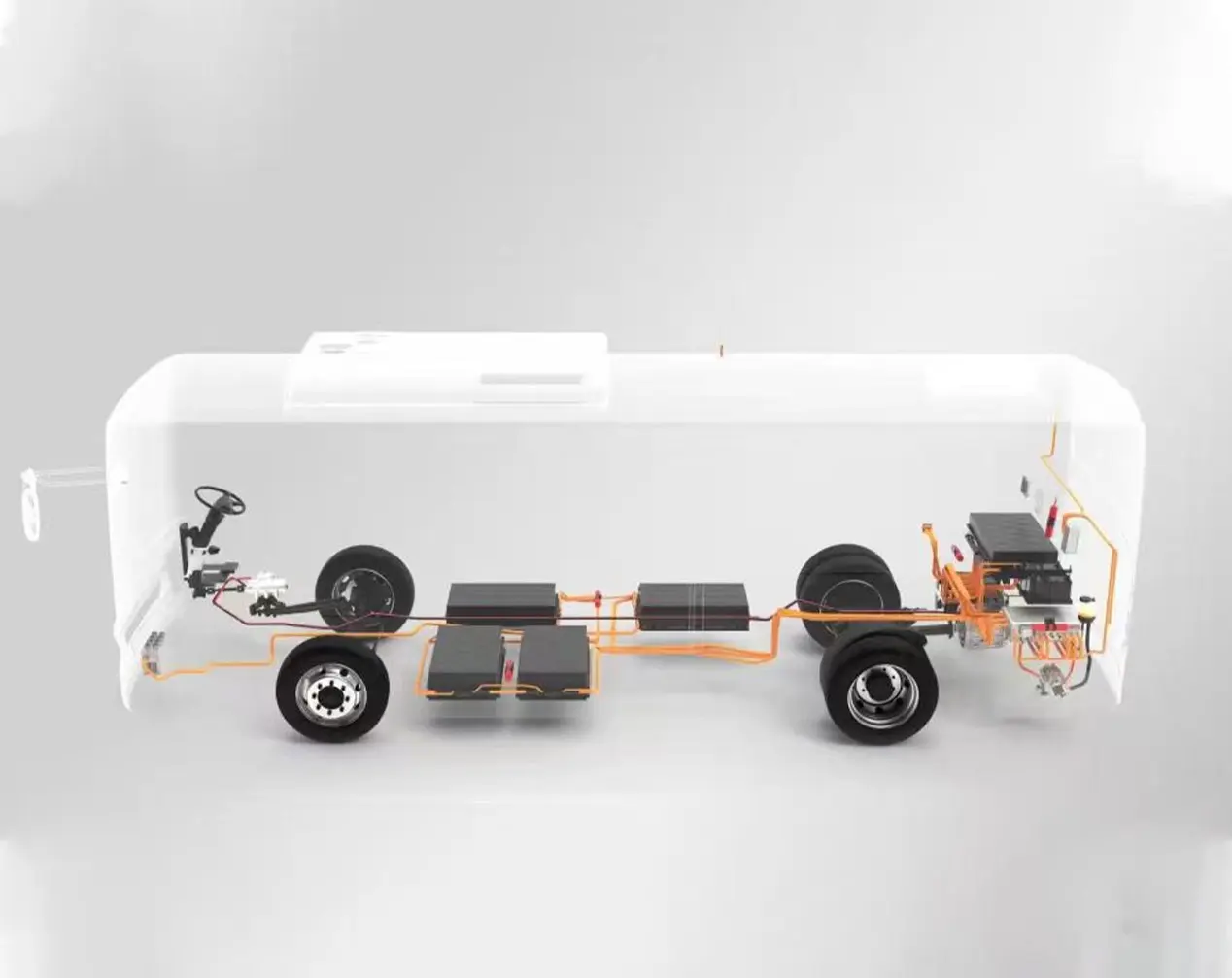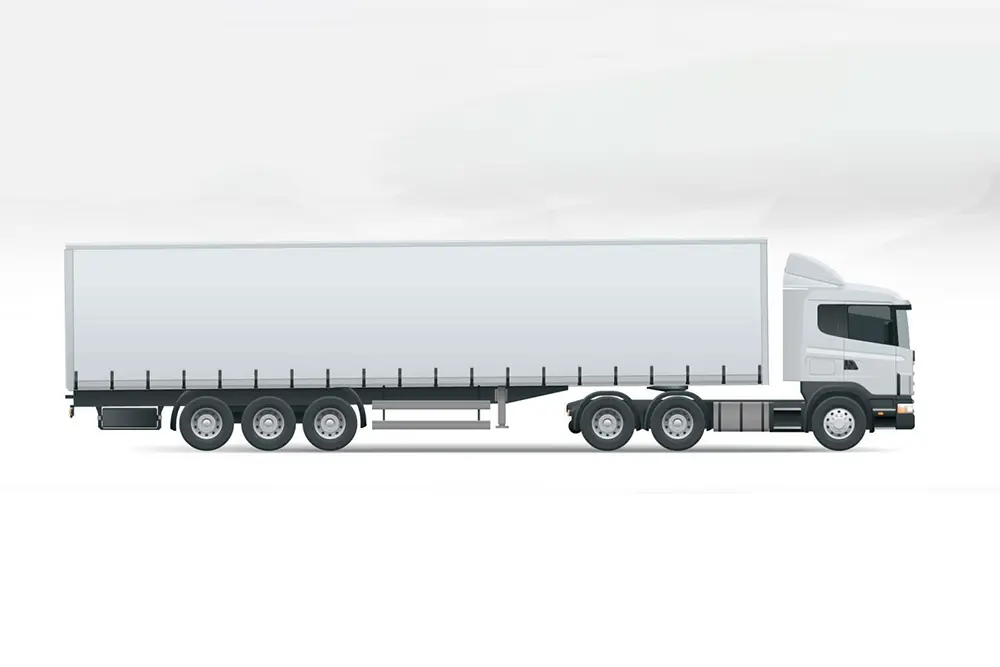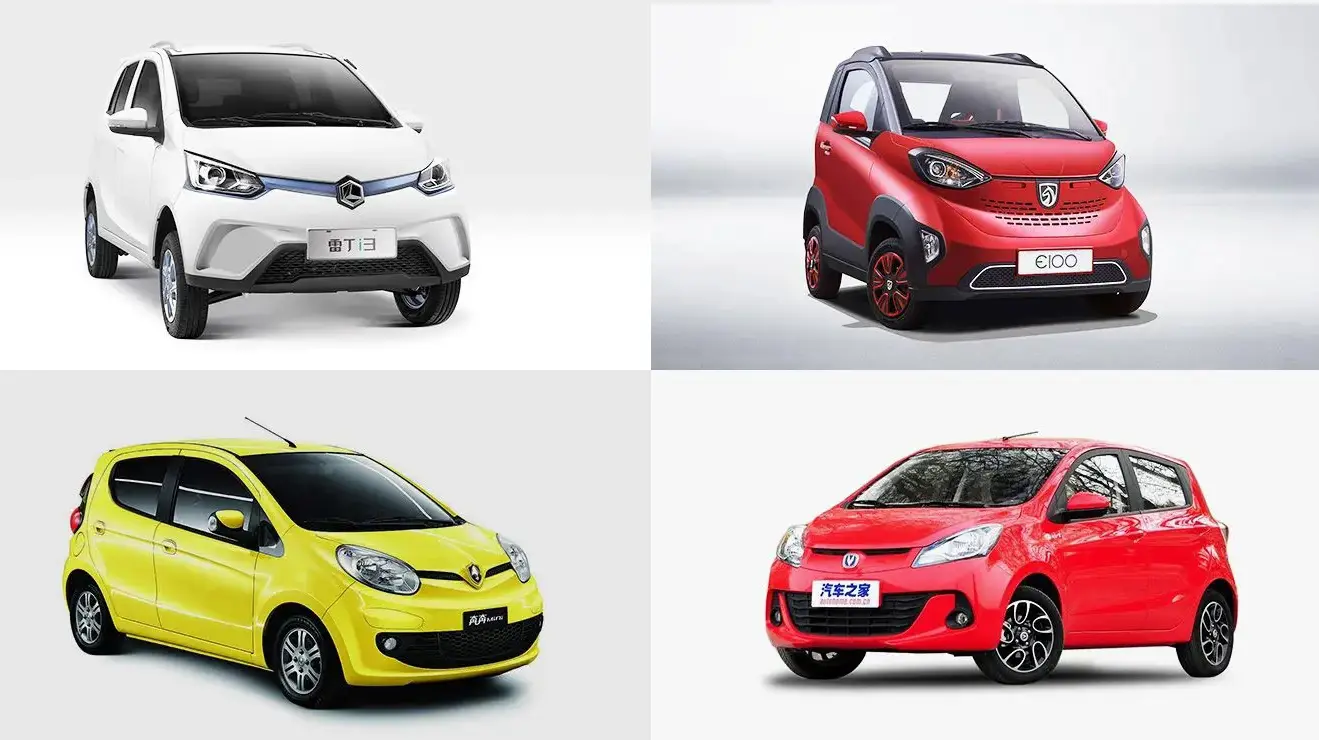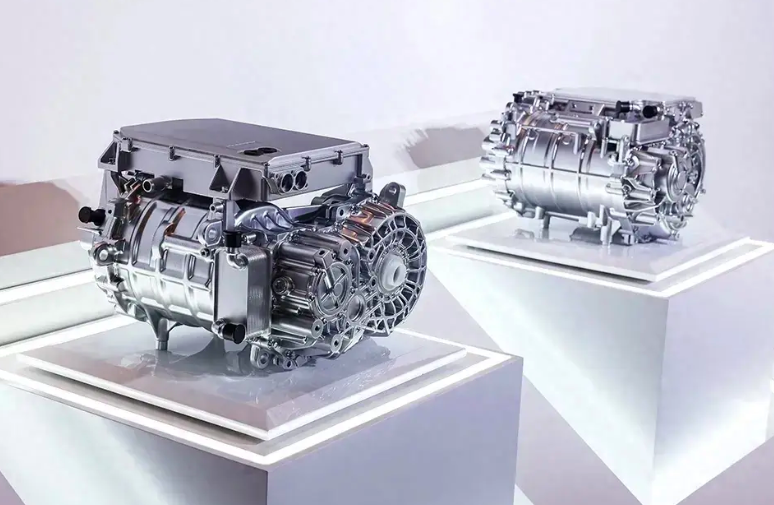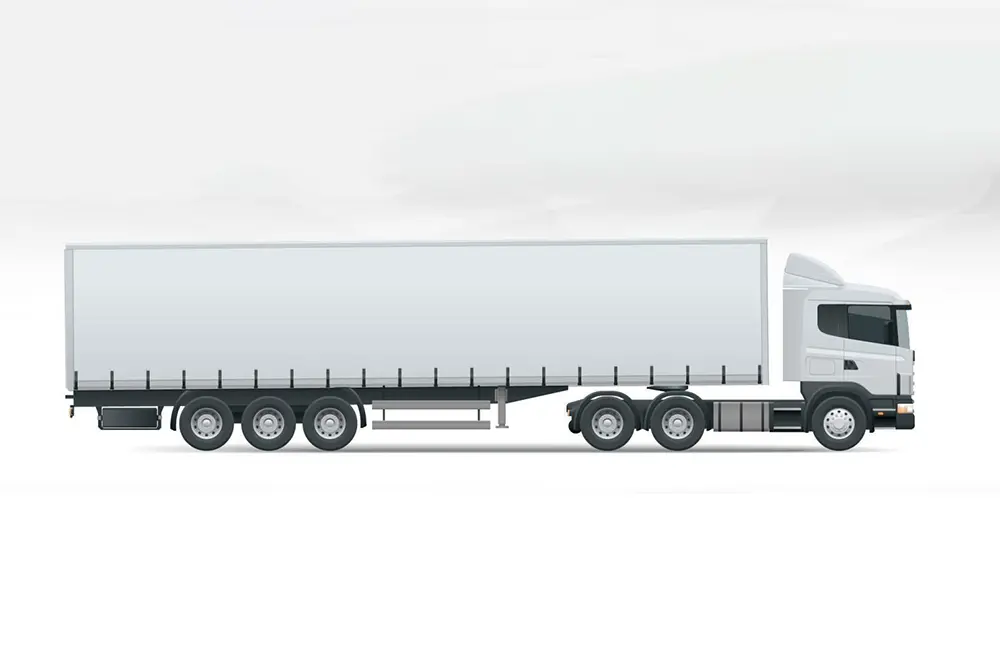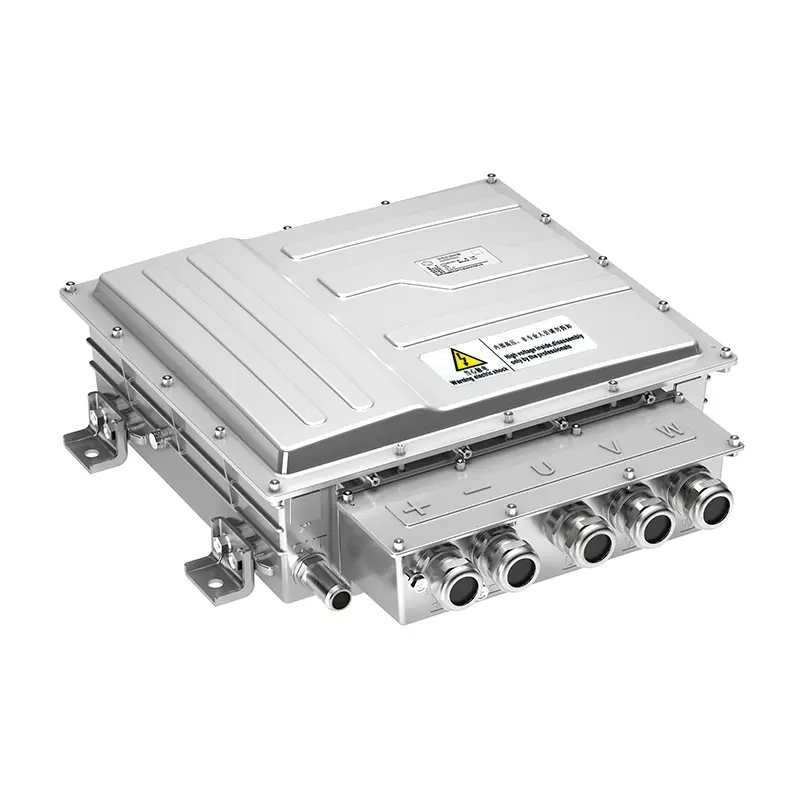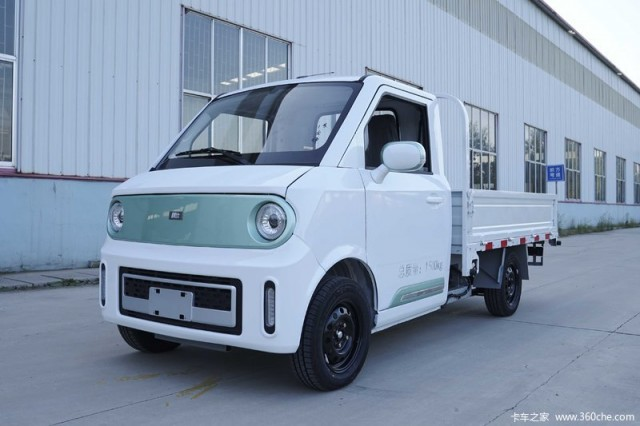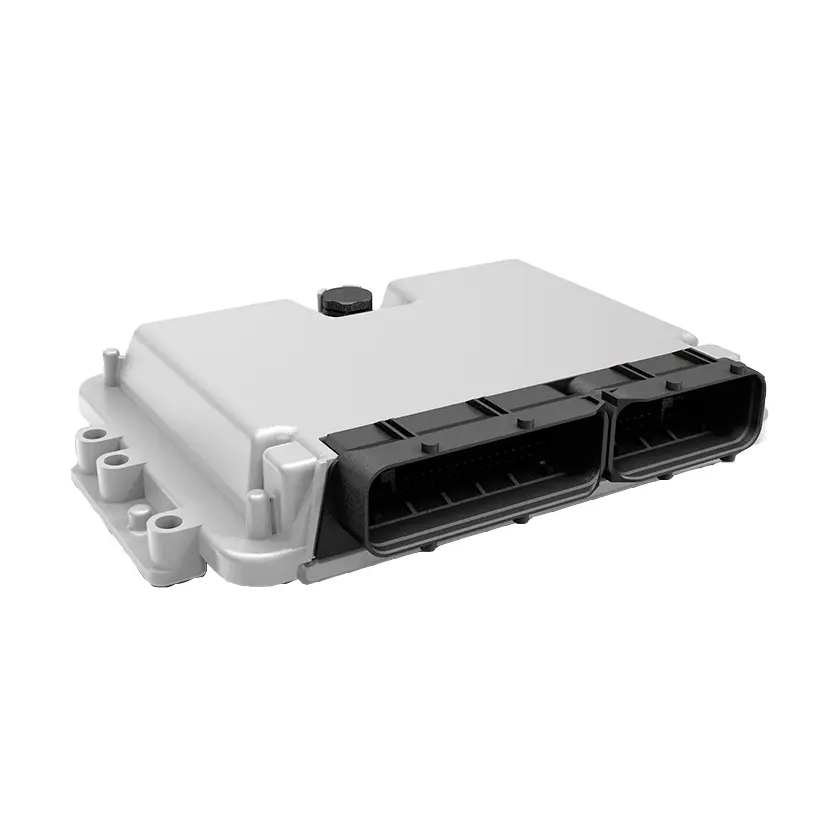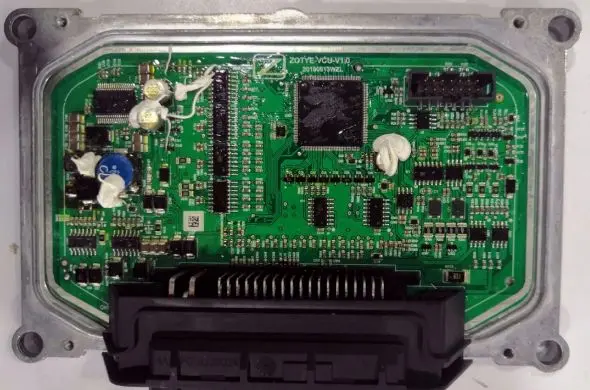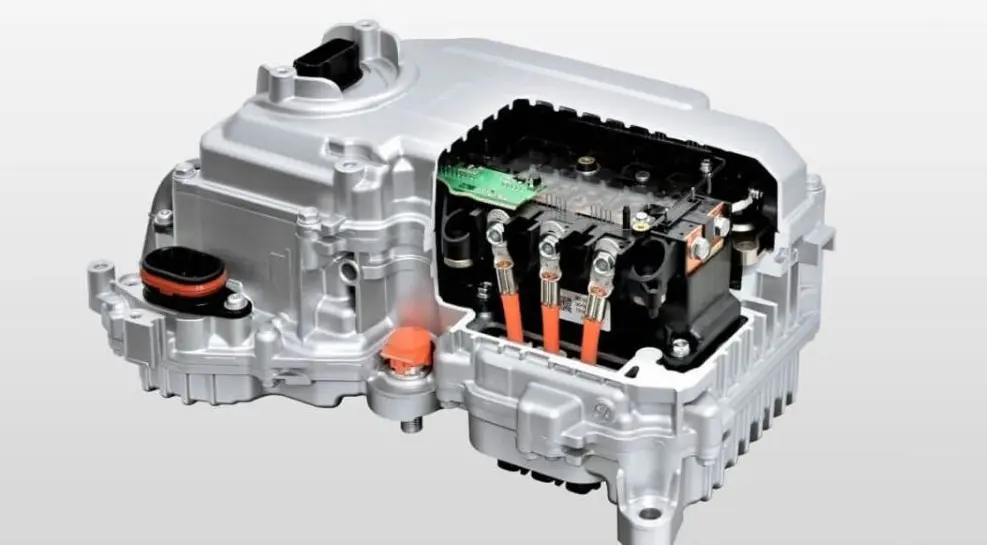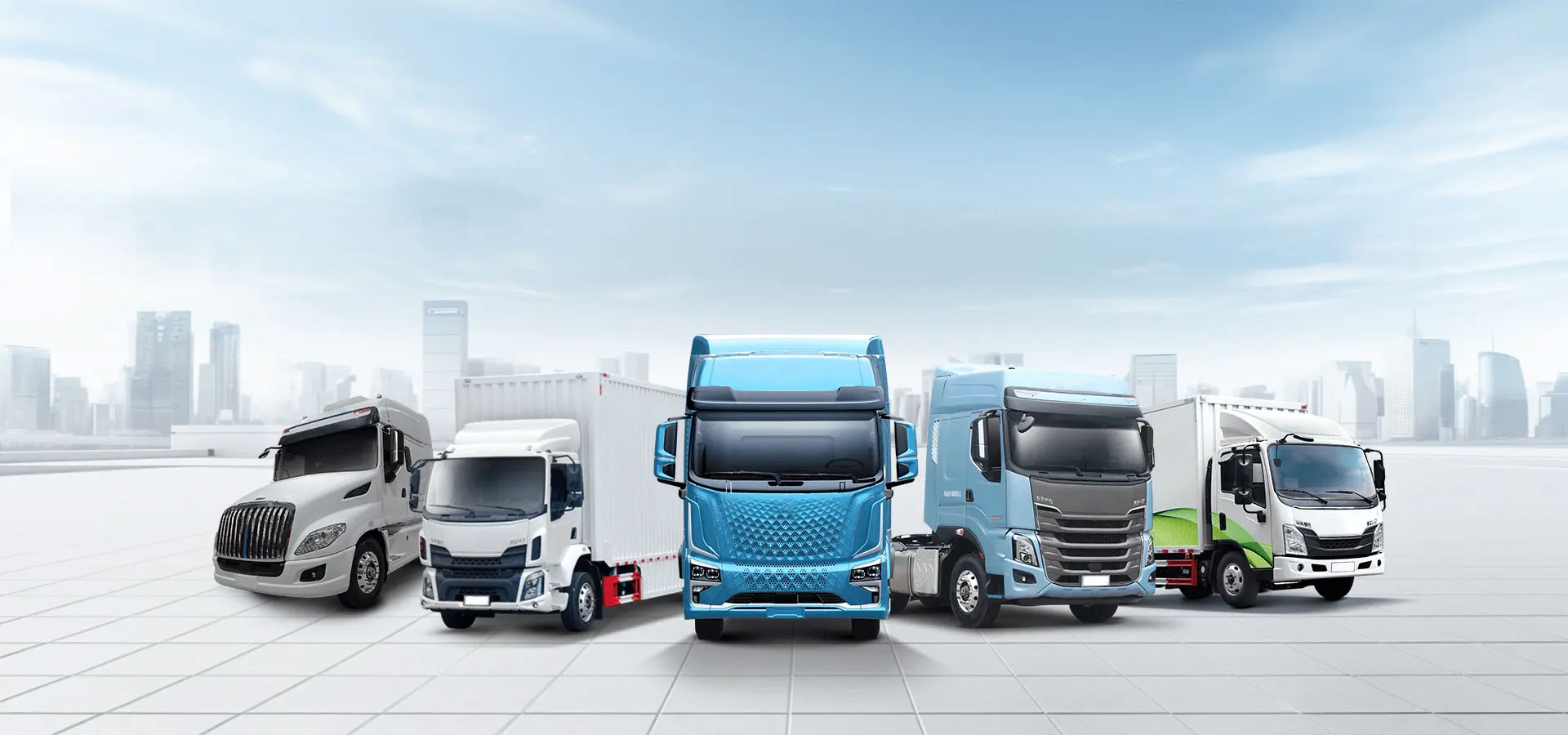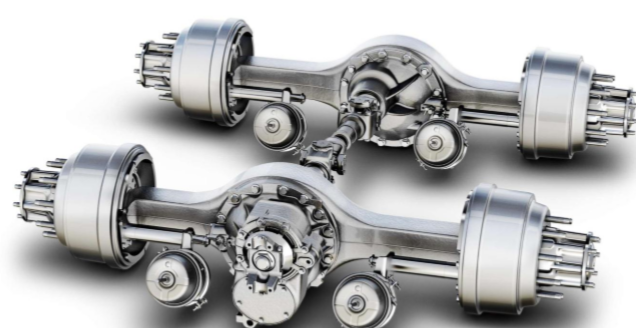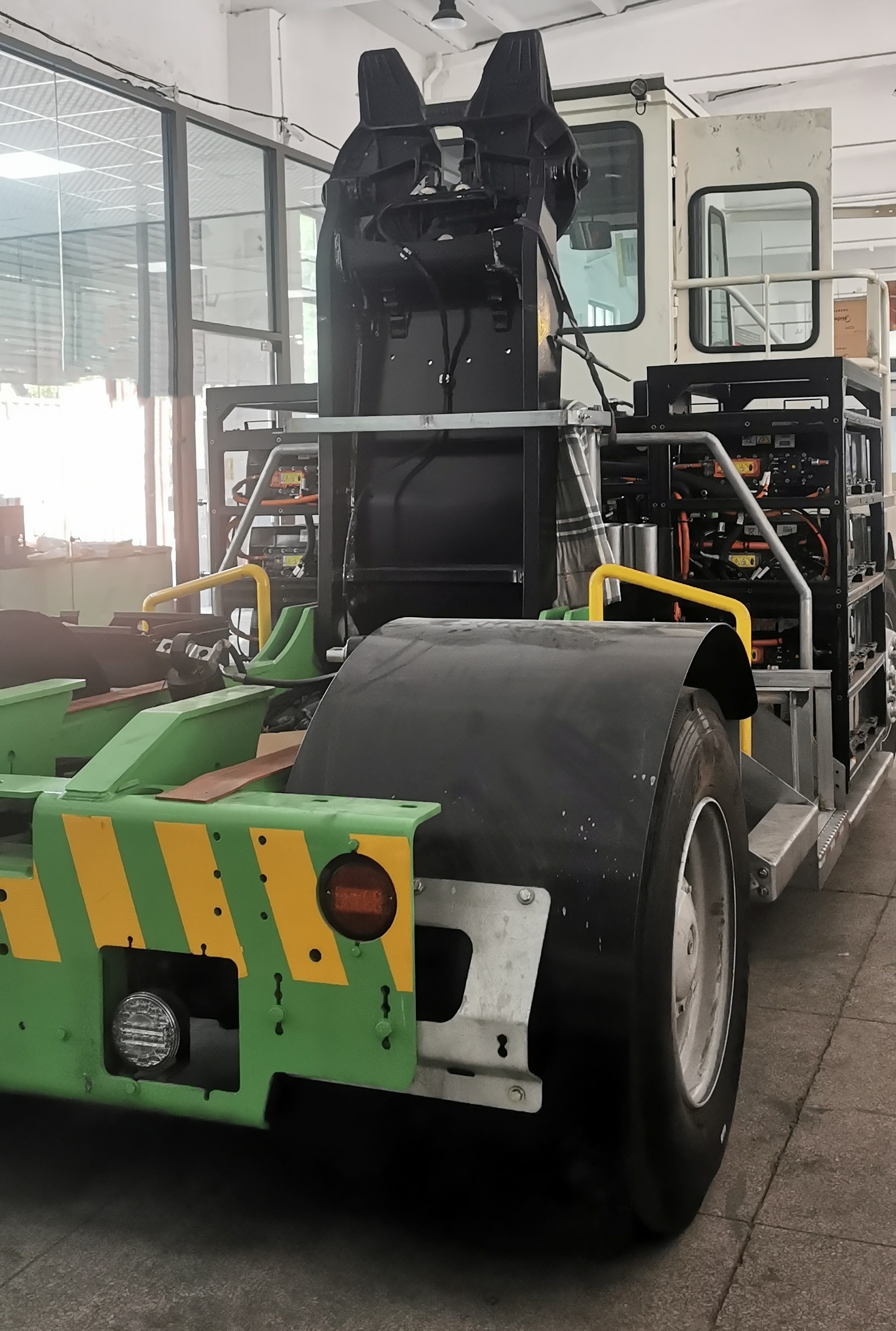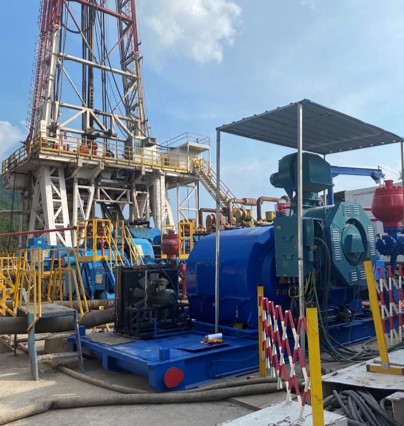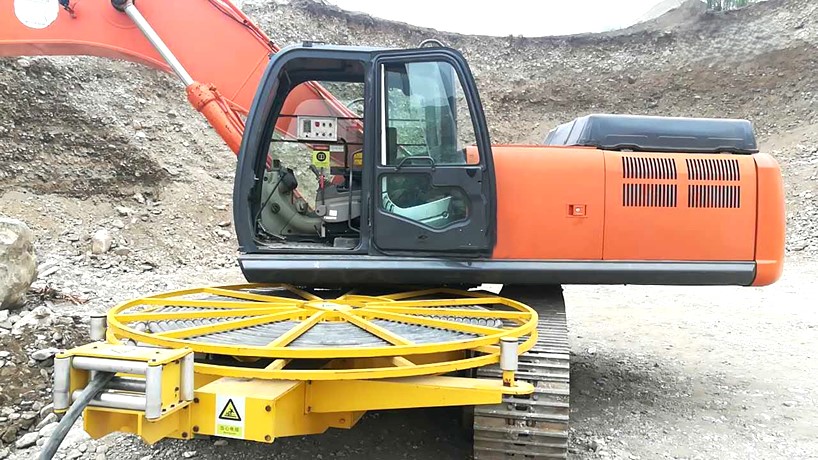Electric Truck Axle vs Traditional Drivetrain: Key Differences You Must Know
What Is an Electric Truck Axle and How Does It Work?
An Electric Truck Axle, also referred to as an electric vehicle axle or electric axle for truck, represents a revolution in heavy-duty vehicle design. Unlike conventional drivetrains that rely on engines, gearboxes, drive shafts, and differentials, an electric axle integrates the e axle motor directly into the axle assembly. This allows torque to be transmitted directly to the wheels, simplifying power delivery, reducing energy loss, and enabling more precise control of traction.
Most modern electric truck axles employ permanent magnet synchronous motors (PMSM) or induction motors depending on load requirements and vehicle application. PMSM motors are highly efficient and provide excellent torque density, making them suitable for vehicles requiring smooth acceleration under heavy payloads. Induction motors, conversely, excel in durability and continuous high-load performance.
The integration of e trailer axles—multiple powered axles on a single vehicle—enhances load distribution and traction. For trucks operating in hilly terrain or under heavy cargo, this system provides more stability and prevents wheel slip, optimizing both safety and energy efficiency. While the e axle price may initially exceed that of traditional drivetrains, the reduction in mechanical complexity and long-term operational benefits make them a cost-effective solution over the vehicle’s lifetime.
Furthermore, electric truck axles support modular drivetrain configurations, where multiple axles can operate independently. This design flexibility is critical for manufacturers seeking to optimize weight distribution, cargo space, and performance. Electric axles also reduce the need for large mechanical differentials, enabling lighter, more efficient trucks capable of meeting modern urban logistics demands.
Traditional Drivetrain Basics: Engines, Transmissions, and Axles
Traditional drivetrains have been the standard for decades, combining internal combustion engines (ICE), multi-speed transmissions, drive shafts, and mechanical axles. The engine generates rotational power, which passes through the gearbox to match wheel speed requirements. Power is then transmitted via drive shafts to rear or all wheels, while differentials allow wheels to rotate at different speeds during turns.
While proven and reliable, conventional drivetrains incur energy losses at every stage. Friction in the gearbox, bearings, and drive shafts reduces efficiency, often resulting in only 35–45% of fuel energy being converted to motion. Additionally, the engine operates optimally only within certain RPM ranges, meaning frequent gear changes and idling often reduce efficiency, particularly in urban stop-and-go traffic.
By contrast, an electric axle for truck dramatically simplifies power delivery. The e axle motor converts electrical energy directly to mechanical torque, bypassing traditional components such as transmissions and differentials. This streamlined design not only improves efficiency but also reduces weight, increases payload capacity, and lowers long-term maintenance requirements.
While traditional drivetrains remain dominant for long-haul and high-speed applications due to their proven durability and fueling infrastructure, electric vehicle axles are increasingly appealing for fleets prioritizing efficiency, emissions compliance, and operational cost reduction.
Power Delivery and Efficiency: Electric Truck Axle vs Traditional Setup
The most striking advantage of an electric truck axle is instant torque delivery. Unlike diesel engines, which rely on mechanical linkages and gear ratios, e axle motors deliver torque directly to the wheels. This allows trucks to accelerate smoothly and consistently, even under full load.
Efficiency gains are substantial. Electric axles for trucks can achieve 90–95% energy conversion efficiency, compared to 35–45% for conventional drivetrains. By eliminating parasitic losses from transmissions and drive shafts, trucks can travel farther per unit of energy. E trailer axles with independently powered units further reduce losses by distributing torque precisely where needed, optimizing performance and traction.
Regenerative braking is another key benefit. When slowing down, energy is recaptured and stored in the battery, enhancing efficiency—an advantage that traditional drivetrains cannot replicate. This feature is particularly effective in urban and regional delivery applications, where frequent braking is common.
The integration of electric vehicle axles also allows for adaptive torque distribution. Modern electric truck axles can modulate torque across multiple wheels to maintain stability under variable road conditions, improving safety and performance, especially for heavy payloads.
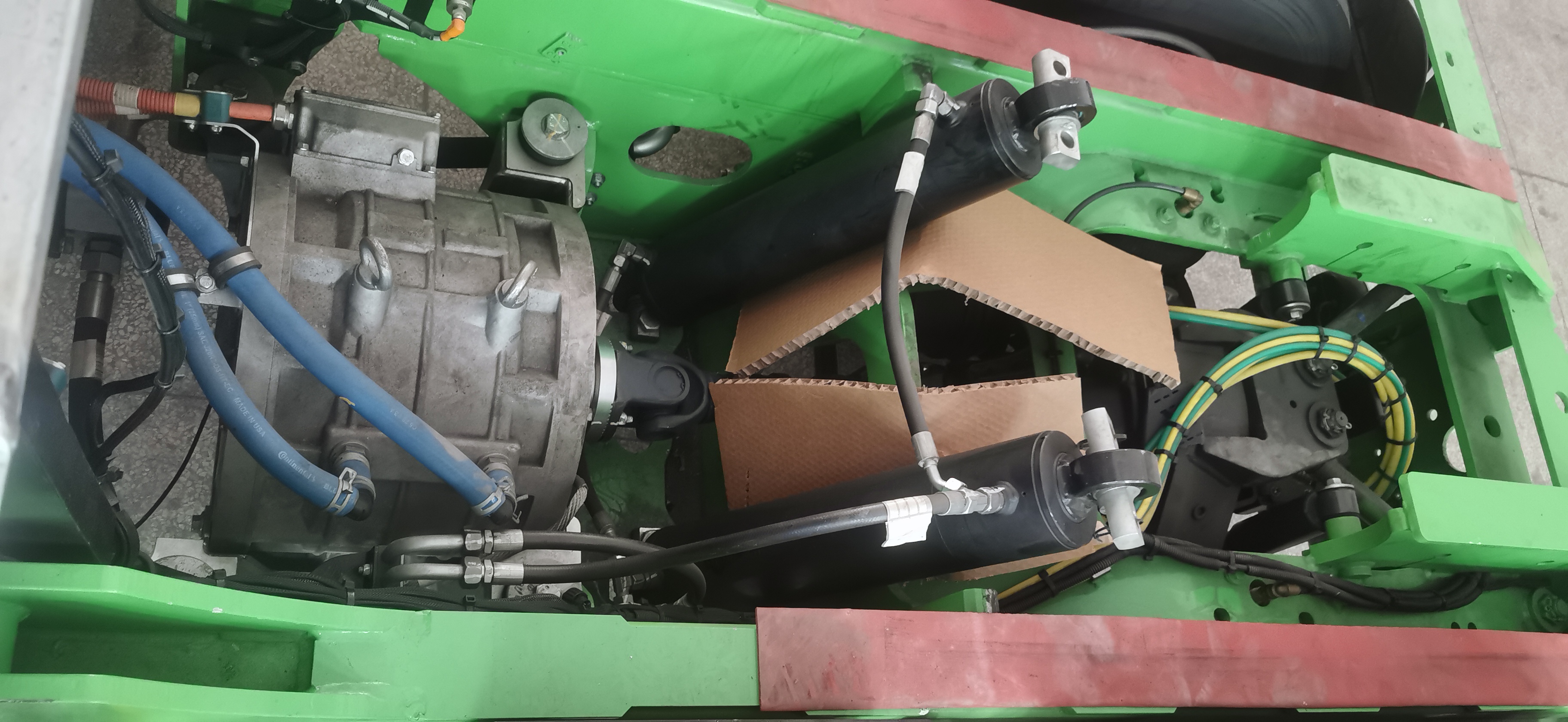
Maintenance and Durability: Which System Lasts Longer?
Maintenance requirements are a critical factor in fleet management. Traditional drivetrains involve complex components that require regular servicing: oil changes, transmission inspections, gear replacements, and differential lubrication. Under heavy loads, these parts wear faster, increasing operational costs and downtime.
Electric truck axles, however, have fewer moving parts, primarily in the e axle motor and electronic control units. Maintenance typically involves monitoring motor health, checking cooling systems, and inspecting modular components. E trailer axles offer additional modularity, allowing individual axles to be serviced independently without removing the entire drivetrain.
Studies indicate that electric vehicle axles can outperform conventional drivetrains in terms of lifespan, especially under stop-and-go or urban delivery conditions. The simplified architecture minimizes mechanical wear and extends service intervals. While the e axle price may be higher initially, the reduced maintenance and improved uptime result in lower total cost of ownership over time.
Energy Consumption and Operating Costs
Energy consumption is a key differentiator. Electric axles consume less energy per kilometer, thanks to high motor efficiency, regenerative braking, and reduced mechanical losses. Fleet operators can achieve predictable energy costs, unlike traditional drivetrains, which are subject to fluctuating diesel prices.
|
Parameter |
Electric Truck Axle |
Traditional Drivetrain |
|
Energy Efficiency |
90–95% |
35–45% |
|
Maintenance Frequency |
Low |
High |
|
Fuel/Energy Cost per km |
Low |
High |
|
Downtime Risk |
Minimal |
Moderate |
|
Components |
e axle motor, e trailer axles |
Engine, transmission, drive shafts |
The reduced operational costs offset the e axle price, making electric axles a financially viable option for both small fleets and large logistics operators. Additionally, electric vehicle axles allow for energy optimization strategies, such as peak-shaving and smart routing, which further reduce costs.
Performance on the Road: Acceleration, Payload, and Range
Electric truck axles deliver superior acceleration thanks to instant torque. Trucks can achieve smoother starts and more consistent speed, even under full payloads. E axle motors enable precise torque distribution, improving traction on slopes, curves, and low-friction surfaces.
Payload capacity is improved because electric axles are generally lighter than traditional drivetrains. E trailer axles allow multiple powered axles on a single vehicle, distributing torque efficiently and maintaining vehicle balance.
Range depends on battery capacity, load, and terrain. Electric trucks with electric vehicle axles excel in urban delivery and regional transport, where regenerative braking recovers energy frequently. Highway performance is improving as battery density and motor efficiency increase, making long-haul adoption increasingly feasible.
Environmental Impact and Sustainability
Electric truck axles provide significant environmental benefits. By eliminating diesel engines, electric vehicle axles reduce CO₂, NOx, and particulate emissions. Noise pollution is also minimized, improving urban livability.
E trailer axles allow scalable electrification without compromising payload or vehicle configuration. The high efficiency of e axle motors reduces energy waste, making fleets more sustainable. Even considering battery production, electric axles have a lower lifecycle environmental impact than traditional drivetrains.
Government incentives and emissions regulations increasingly favor electric trucks, making electric axle for truck solutions a strategic choice for fleet operators.
Future Outlook: Will Electric Truck Axles Replace Traditional Drivetrains?
The future of trucking is electric. Improvements in battery technology, charging infrastructure, and e axle motors are enabling wider adoption. Multi-axle trucks with e trailer axles will provide enhanced load management and energy efficiency.
While traditional drivetrains remain relevant in niche applications, particularly long-haul routes with current battery limitations, electric vehicle axles are set to dominate urban, regional, and medium-duty operations. Benefits include instant torque, modular design, lower maintenance, reduced emissions, and predictable energy costs.
As technology advances and production scales up, the e axle price is expected to decrease, further accelerating adoption. Electric axles will likely reshape the trucking industry, combining sustainability, efficiency, and operational flexibility.
Frequently Asked Questions (FAQ)
Q1: How much does an e axle cost?
The e axle price varies with motor type, power rating, and configuration. Long-term savings on energy and maintenance often offset upfront costs.
Q2: Can e trailer axles be used on multi-axle trucks?
Yes, e trailer axles allow independent propulsion of multiple axles, improving traction and energy efficiency.
Q3: Are electric axles suitable for all truck types?
Electric vehicle axles are ideal for urban, regional, and medium-duty trucks. Long-haul adoption is growing with battery improvements.
Q4: What type of motor is used in electric truck axles?
Most electric axles for trucks use e axle motors, including PMSM or induction motors, optimized for torque, efficiency, and durability.
Q5: How do electric axles impact operational costs?
They reduce energy consumption, maintenance, and downtime, providing a lower total cost of ownership compared to traditional drivetrains.









